When you think of a truly fit, in-shape athlete, action hero, or soldier, one of the things you always picture, along with significant biceps, is a six-pack. For various reasons, a primary one being mass media, a six-pack has been a symbol of excelling in physical fitness and strength for quite some time. Does one have to have a pronounced six-pack to be fit or strong? No, and the definition of a six-pack will vary somewhat from one person to the next, due to variations in muscle structure, metabolism, and other biological variables.
However, while a six-pack isn’t really a prerequisite criterion for fitness, it’s understandable for aesthetic and personal goal concerns, to want to acquire a six-pack if possible. It sounds, given its status as a fitness and discipline symbol, like a lot of work, doesn’t it? Well, the truth is, nothing worth doing is ever easy nor immediate in its satisfaction, and this is exceptionally true when it comes to loftier physical fitness goals.
Yes, a six-pack takes time, dedication and an exercise routine/lifestyle of discipline and hard work. But, if you care about your physical fitness, the workout and discipline you acquire from the process will bring so many more benefits than just the six-pack itself and will enrich you with a healthier, more positive lifestyle all around.
So, the question is, how do you acquire a six-pack, and how long does this take? We’re going to give you a spoiler – the amount of time it takes depends a lot on your body mass, body fat and how much work per unit of time you’re willing to put into this. But we’ll get to that in more detail shortly.
The first thing we should really do is understand what a six-pack actually is.
What is a Six-Pack?
A six-pack is a group of abdominal muscles, separated laterally into a left and right grouping, called the “rectus abdominis”. It’s okay to snicker a little at the name, many of these anatomical terms are sophomoric chuckle-worthy like that. But, this major group of abdominal muscles gets its distinct “six-pack” appearance due to the connective tissue between the bands of muscles.
Truth be told, people who appear significantly overweight, but are particularly strong (perhaps from a profession of heavy lifting or the like) can actually have a six-pack, it’s just hidden under belly fat. And this is one of the major problems with “achieving a six-pack” – it’s rarely that the muscles themselves aren’t toned and defined enough, but the presence of significant body fat, which likes to collect around the midsection, hiding it.
It’s also easy to think that the absence of excess body fat (thus having at least a flat abdomen) means there’s nobody fat there to conceal these muscles, and thus you’re just not exercising them enough. This is a misconception because there are quite a few layers of fat that can compact a bit, and hormones can cause them to inflame.
Some targeted abdominal exercises can actually exacerbate this production of hormones, and inflammation, making it seem like you’re not making any progress. It can be frustrating, it really can. But there are steps you can take, measures you can add to your exercise routine, and dietary choices which can all work to help reduce that fat inflammation, and allow more visible definition of your six-pack.
View this post on Instagram
Reducing Body Fat
Obviously, given what we just said, the fist measure you need to take is to lower your body fat level. This doesn’t go just for “obese” individuals, but ones that seem pretty fit, but lack any visible muscle definition. It’s important to note that unless you specifically desire the aesthetic of a visible six-pack, the absence of one on an otherwise fit body is not an actual problem nor sign of being “fat”, so be certain that you’re taking these measures for the correct reason. It’s very easy to fall into a psychological trap of thinking one is not in acceptable shape due to aesthetic standards popularized by advertising and media. If you truly just want a six-pack for personal reasons, though, there is no harm in it!
Lowering your body fat has to be done safely, and the American Council on Exercise has declared that 1% of body fat loss per month is safe, but exceeding this is dangerous and often not permanent – the rapid loss of weight can have odd effects on metabolism and the body.
This is achievable mostly through consuming low-fat foods such as lots of vegetables, lean meat for protein (an increase of 1-1.5 grams of protein for every couple pounds you weigh), and eliminating most carbs. Some carbs are necessary for fuel during workouts, but an excess of carbs and sugars is a leading cause of body fat. Ideally, if you can cut 500 calories from your daily intake, targeting these fatty and carb-loaded foods, you’re on the right track. If you can increase your caloric burn by 250 in your exercise routine, you can actually halve the calories you need to cut.
Exercise Measures
If you’ve got the body fat issue under control, you need to add intermittent high-intensity exercise to your routine. The intermittent nature reduces the possibility of inflammation. These can be 20-second sprinting sessions mixed with 40 of walking, in a repeated manner, or a similar 8 and then 12 second fast and slow cycling pace.
According to the council, 15 weeks or so of this loses considerably more body fat than plain aerobics, with fewer inflammation issues.
To further tone your muscles, which may be quite necessary, consider adding resistance training, which is a lower-impact, efficient way to work and tone your muscles, so once you’ve lost that additional body fat, you have the clearest-defined six-pack possible.
Conclusion
How long does it take to get a six-pack? There’s no universal answer to this, but let’s say the average, already an in-shape person with less than 6% body fat, about five months roughly. For anyone significantly out of shape and/or overweight, it can take a couple of years, as there’s an entire fitness journey to take. It’s worth it, for your health and your self-image. Follow us on Facebook for excellent workout and diet tips that can help you along this journey, and reinforce your dedication.
The post How Long Does It Take to Get Six-Pack Abs? appeared first on Gaspari Nutrition.




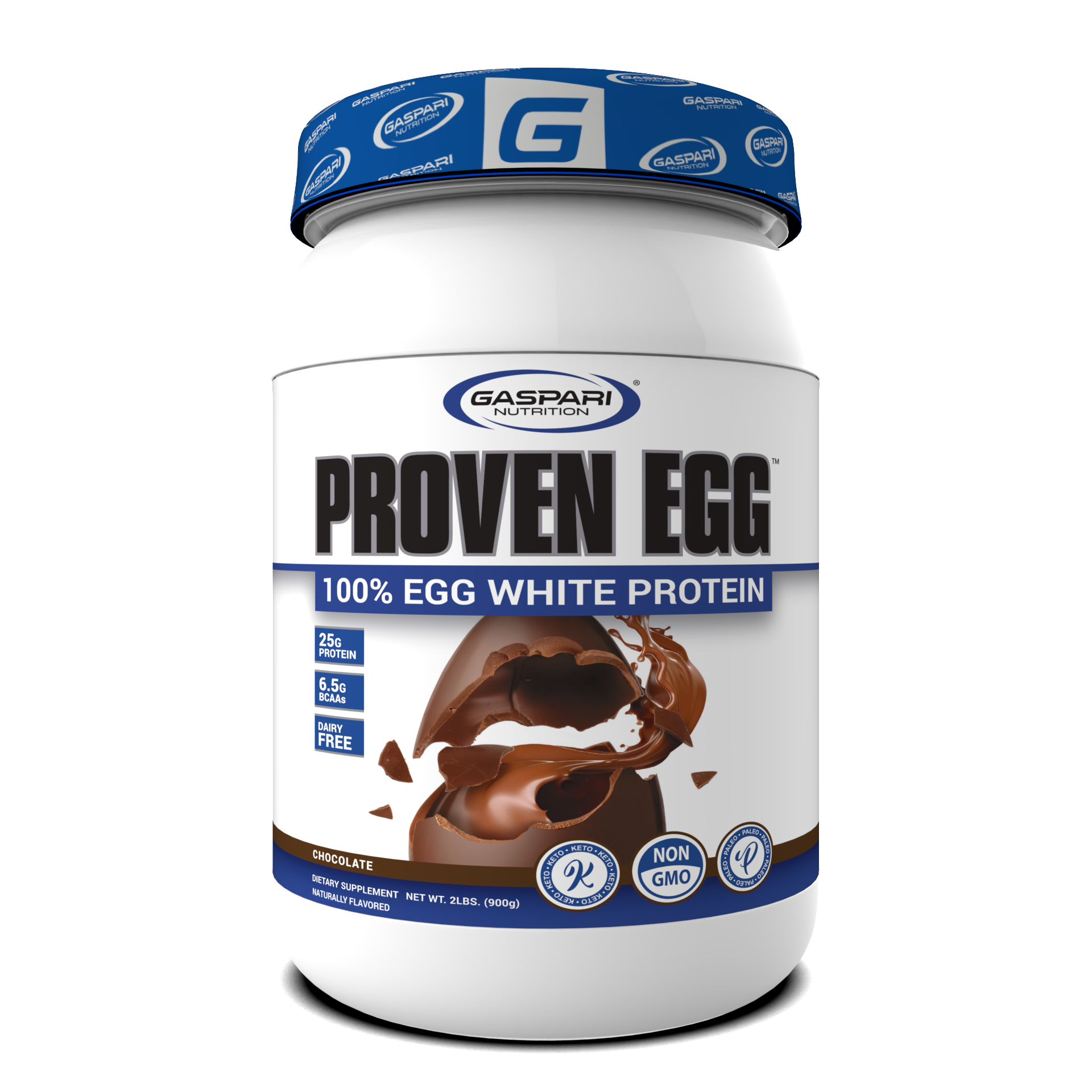

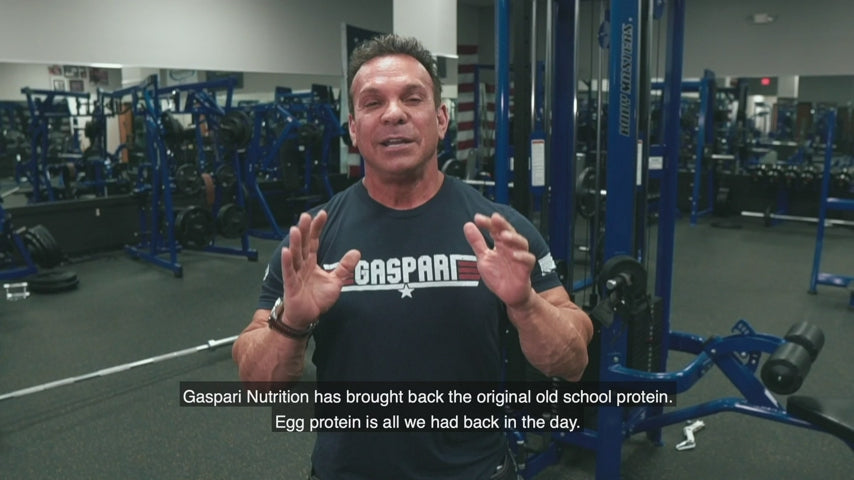


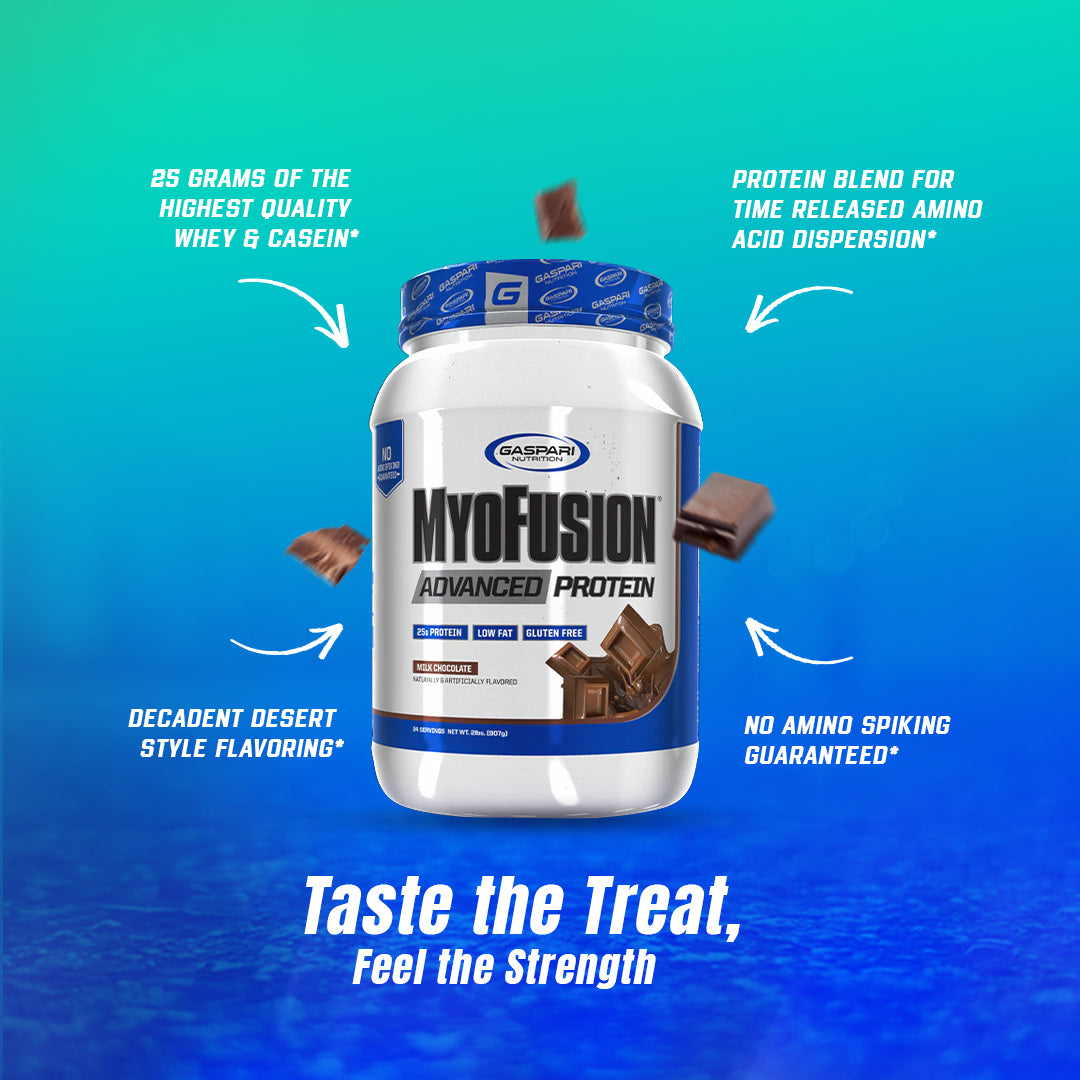

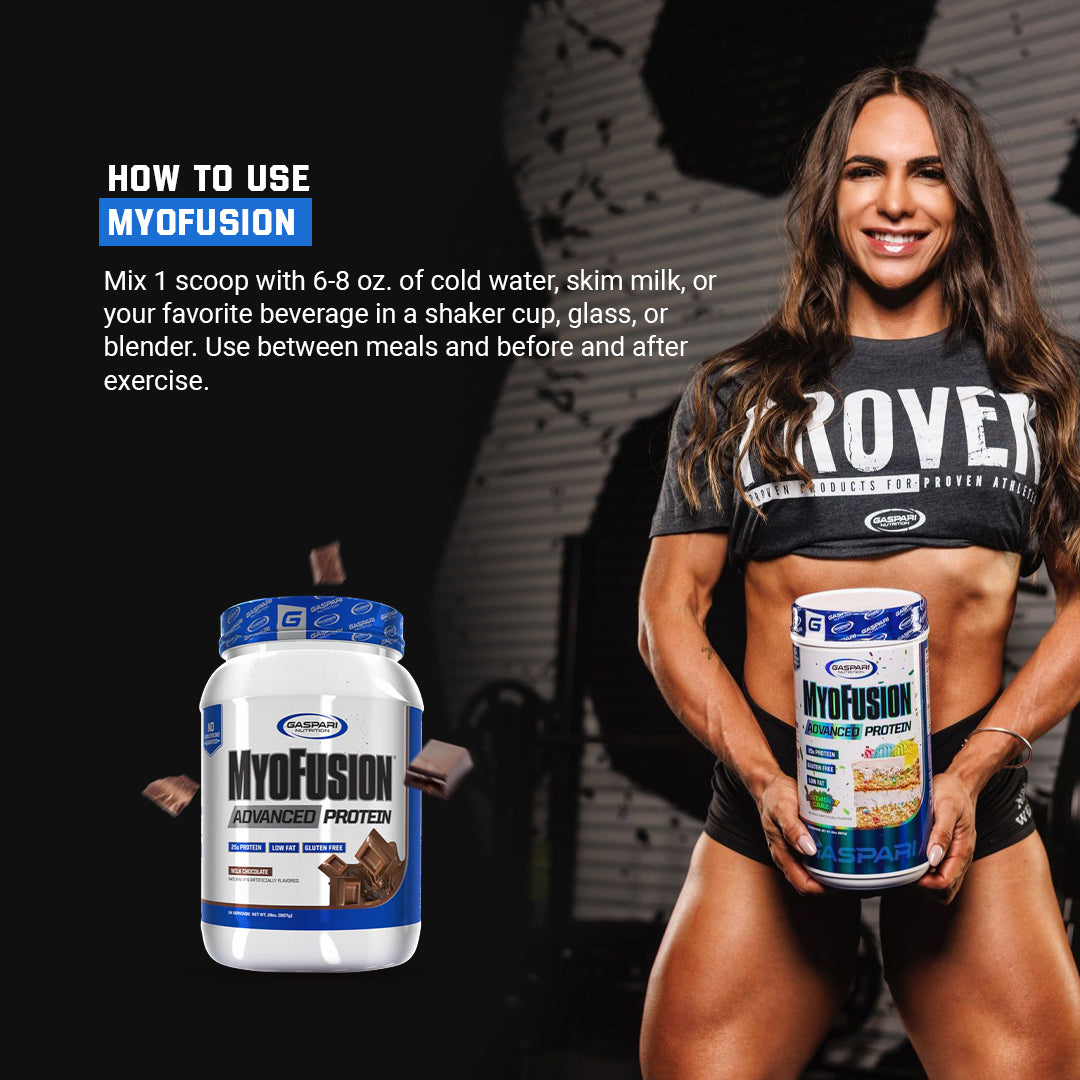

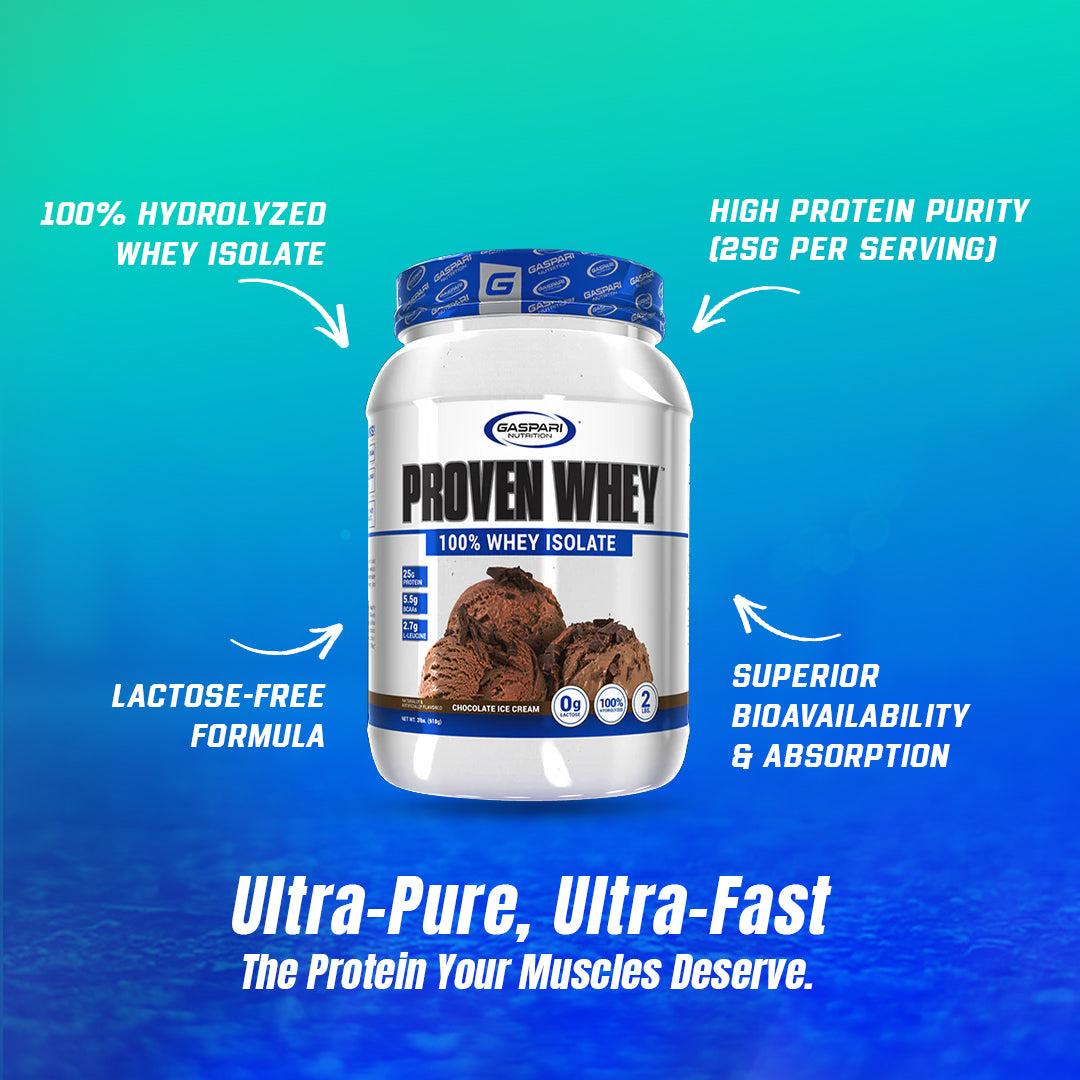


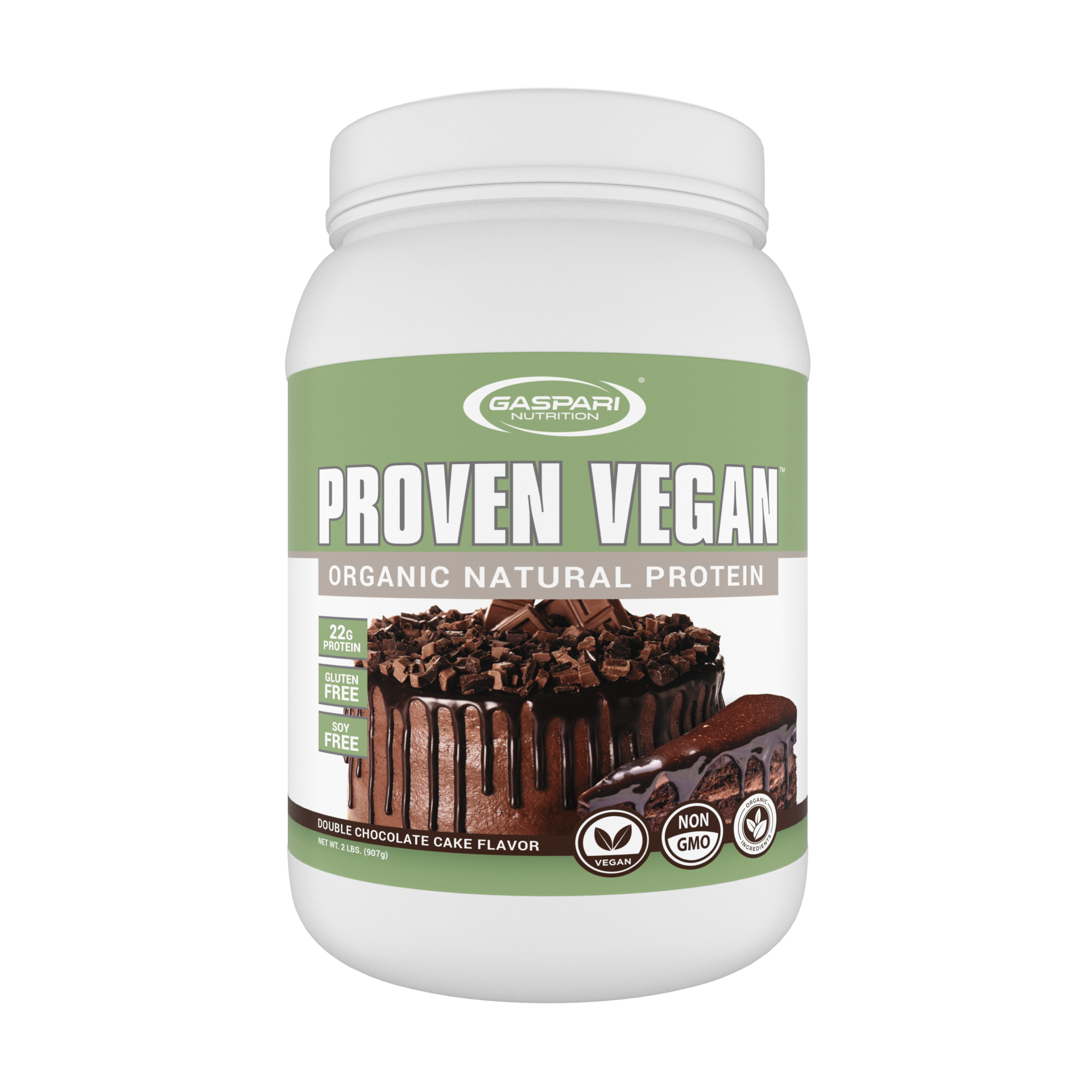


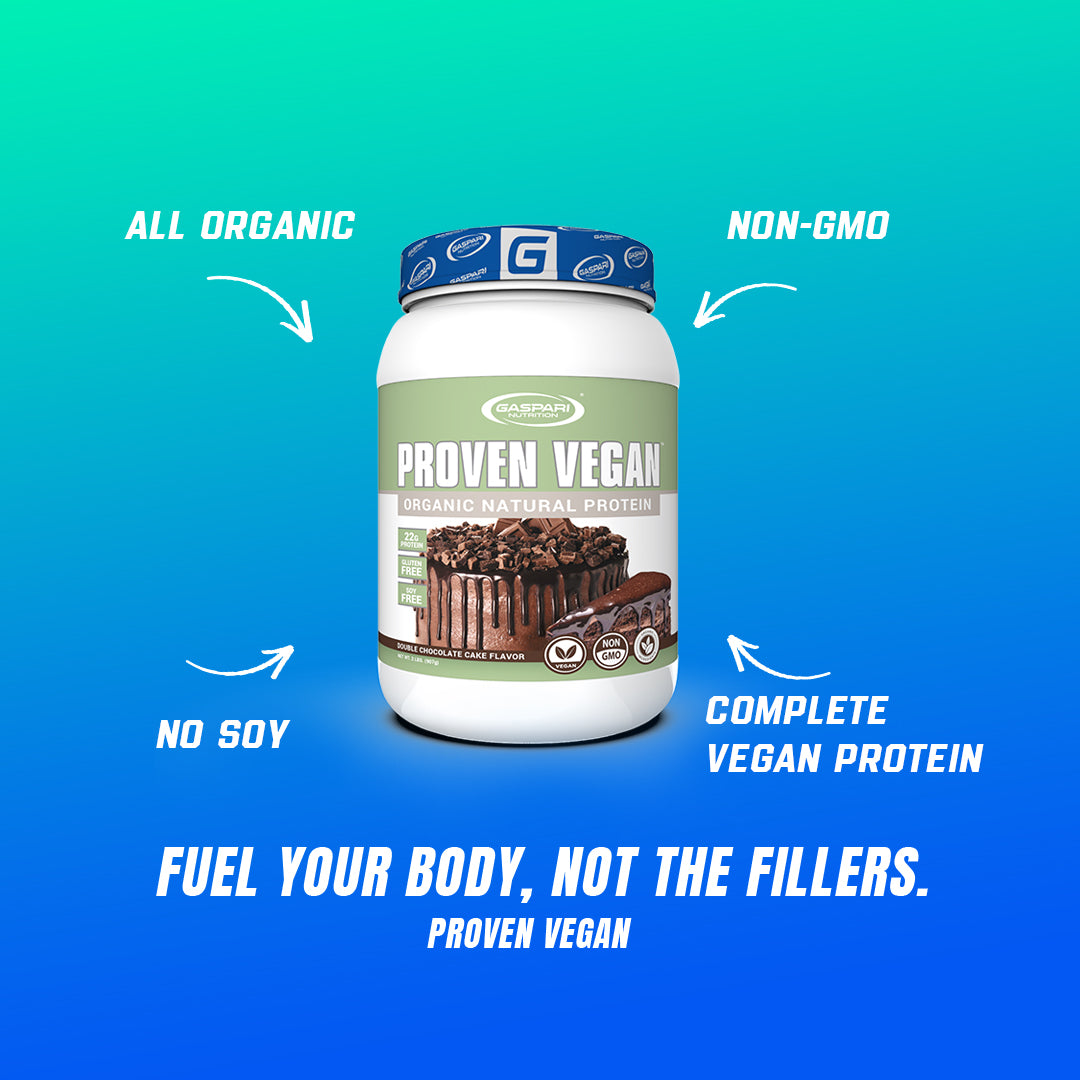

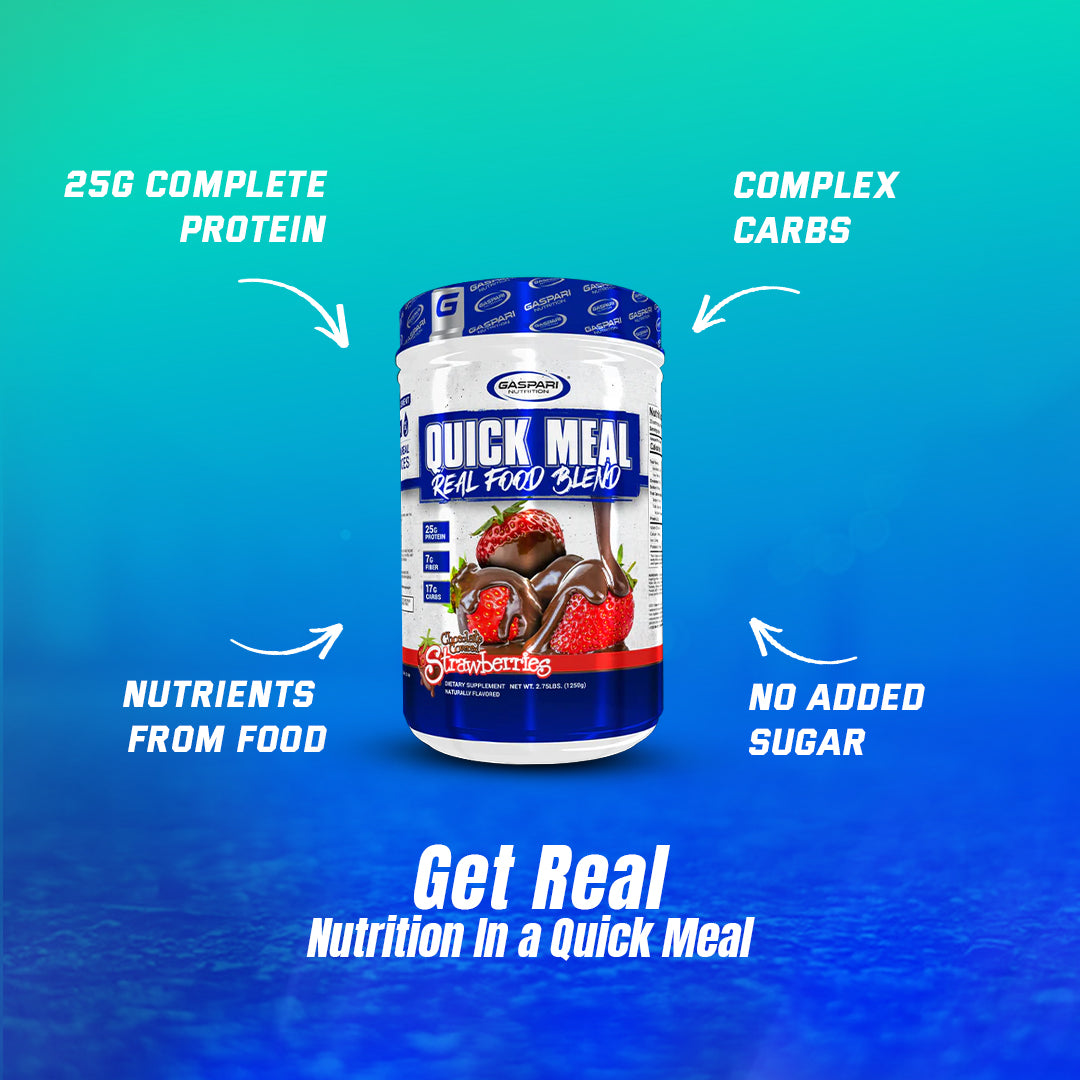
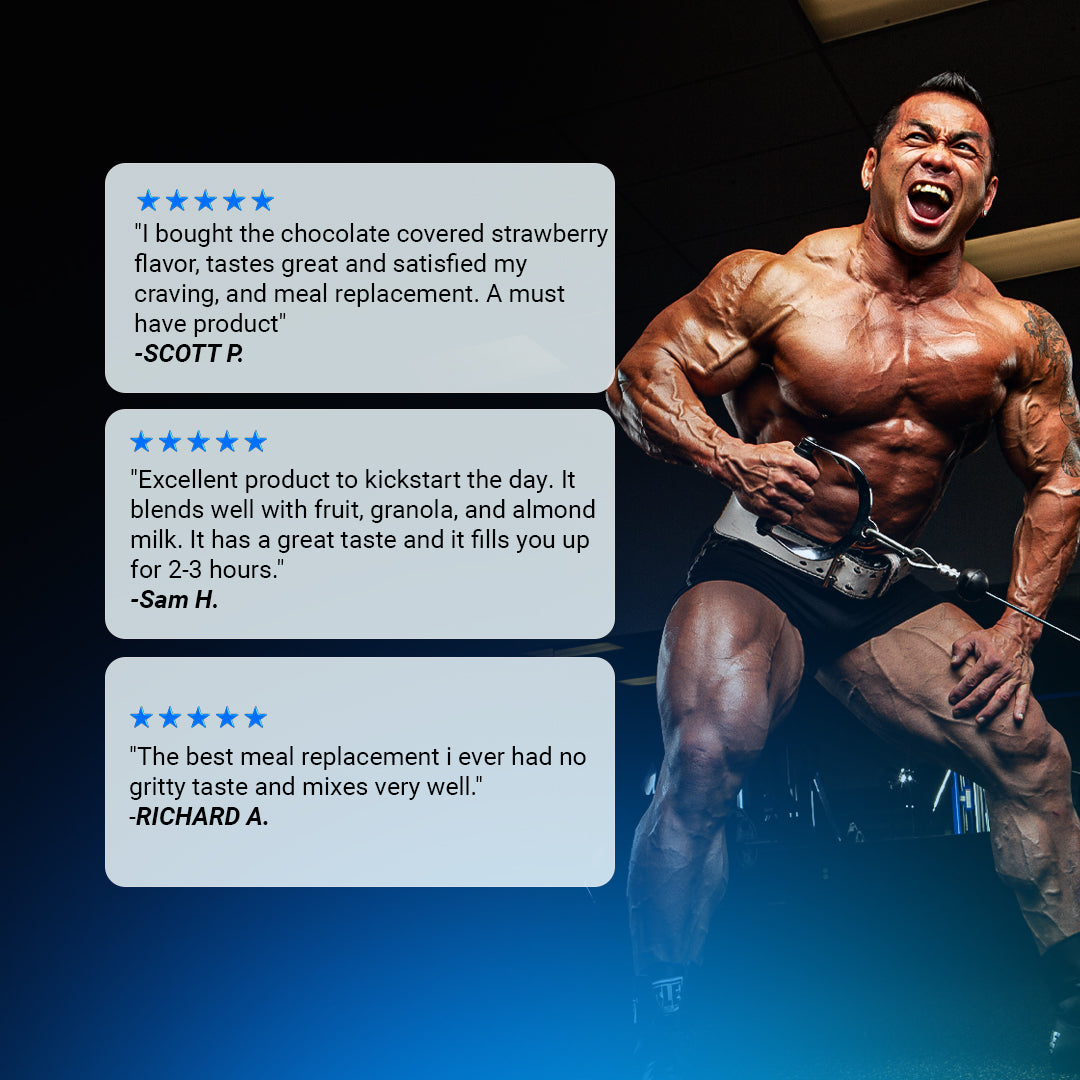
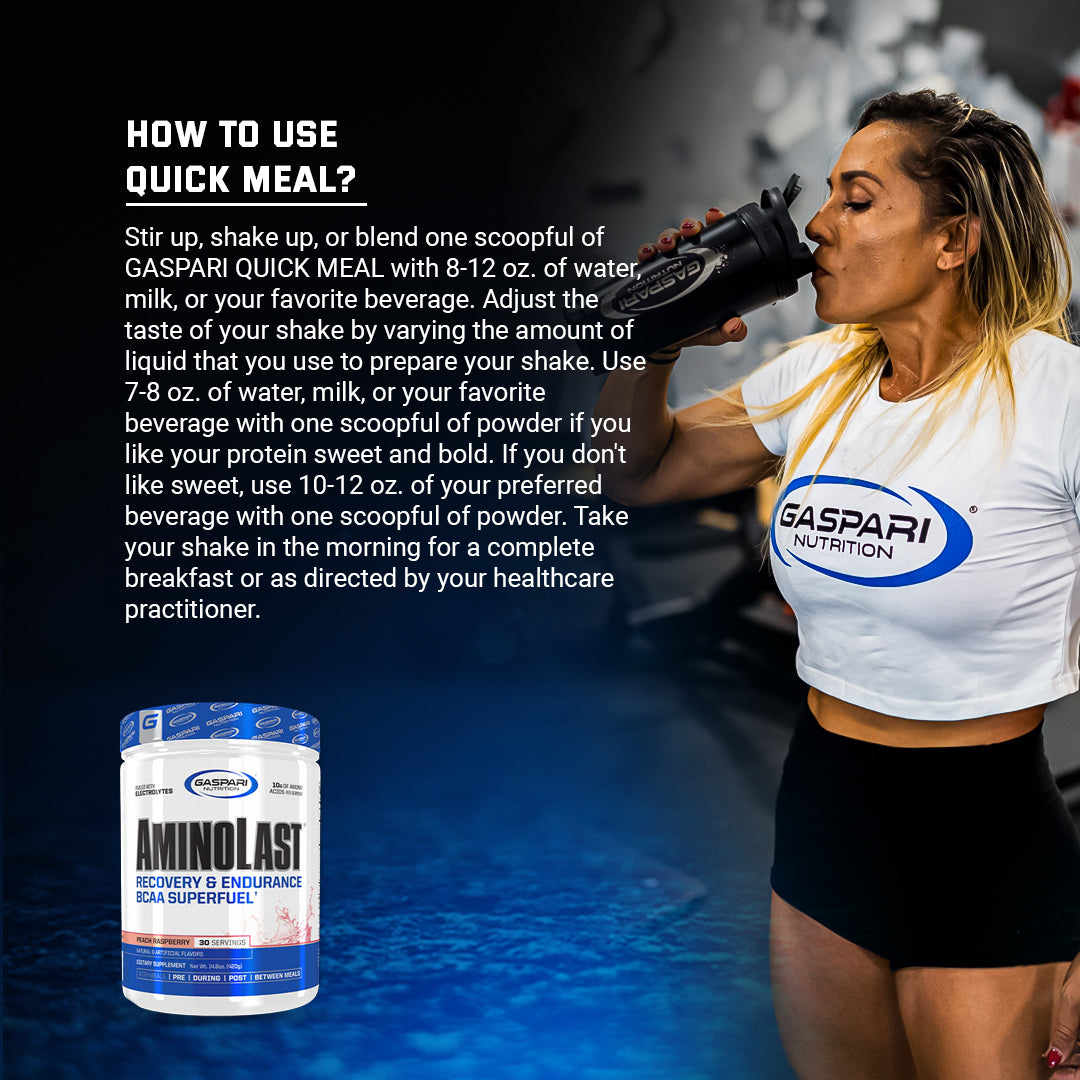

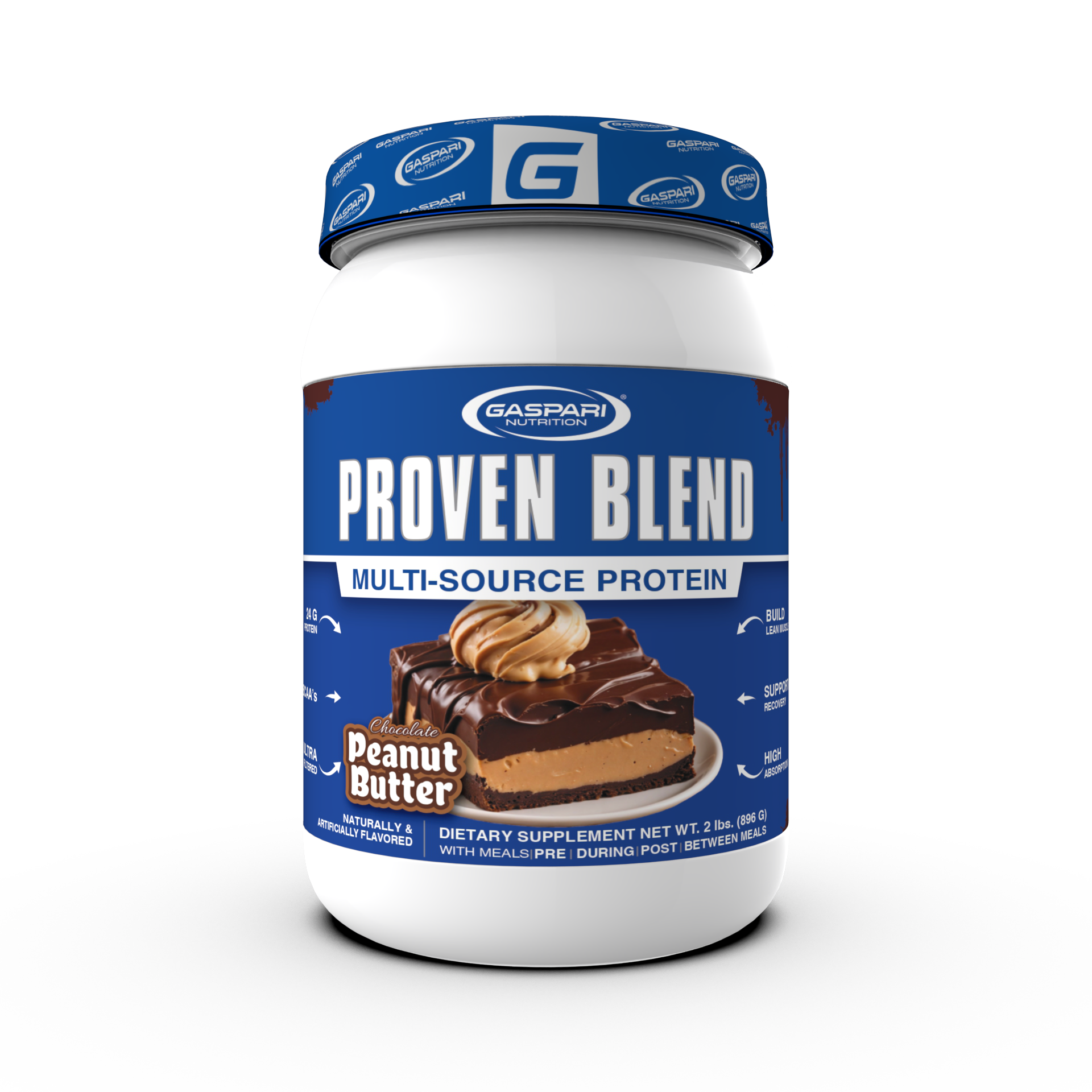
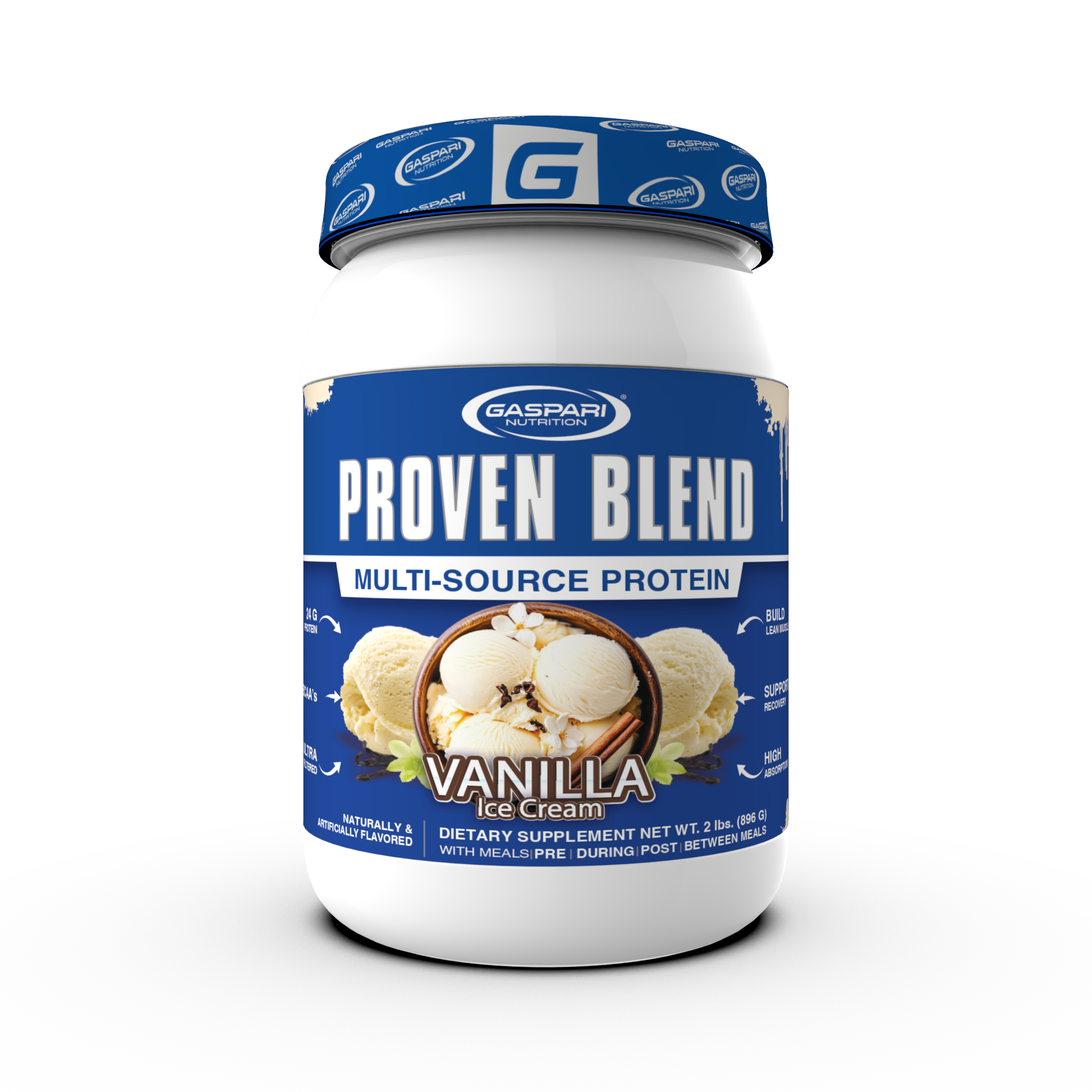

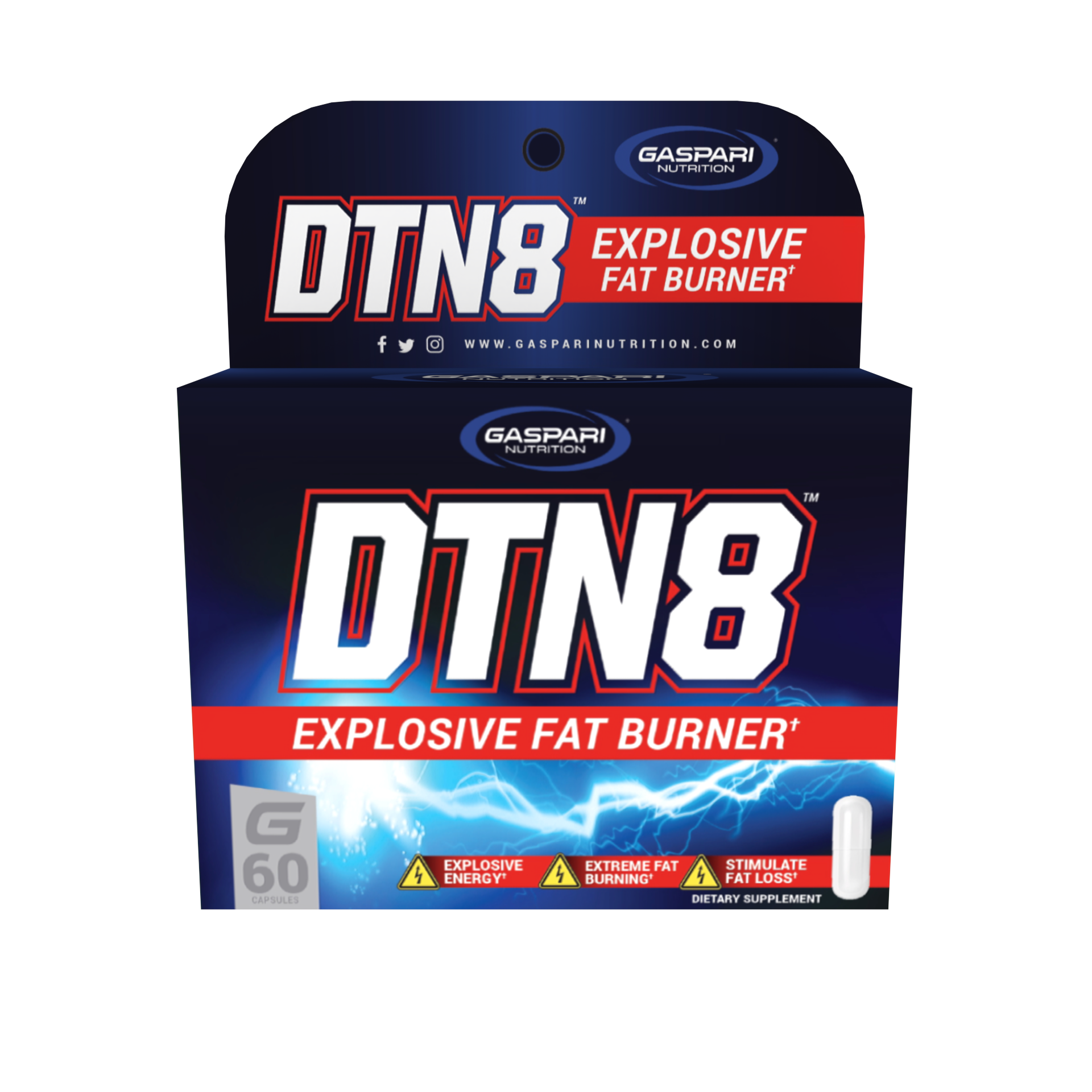

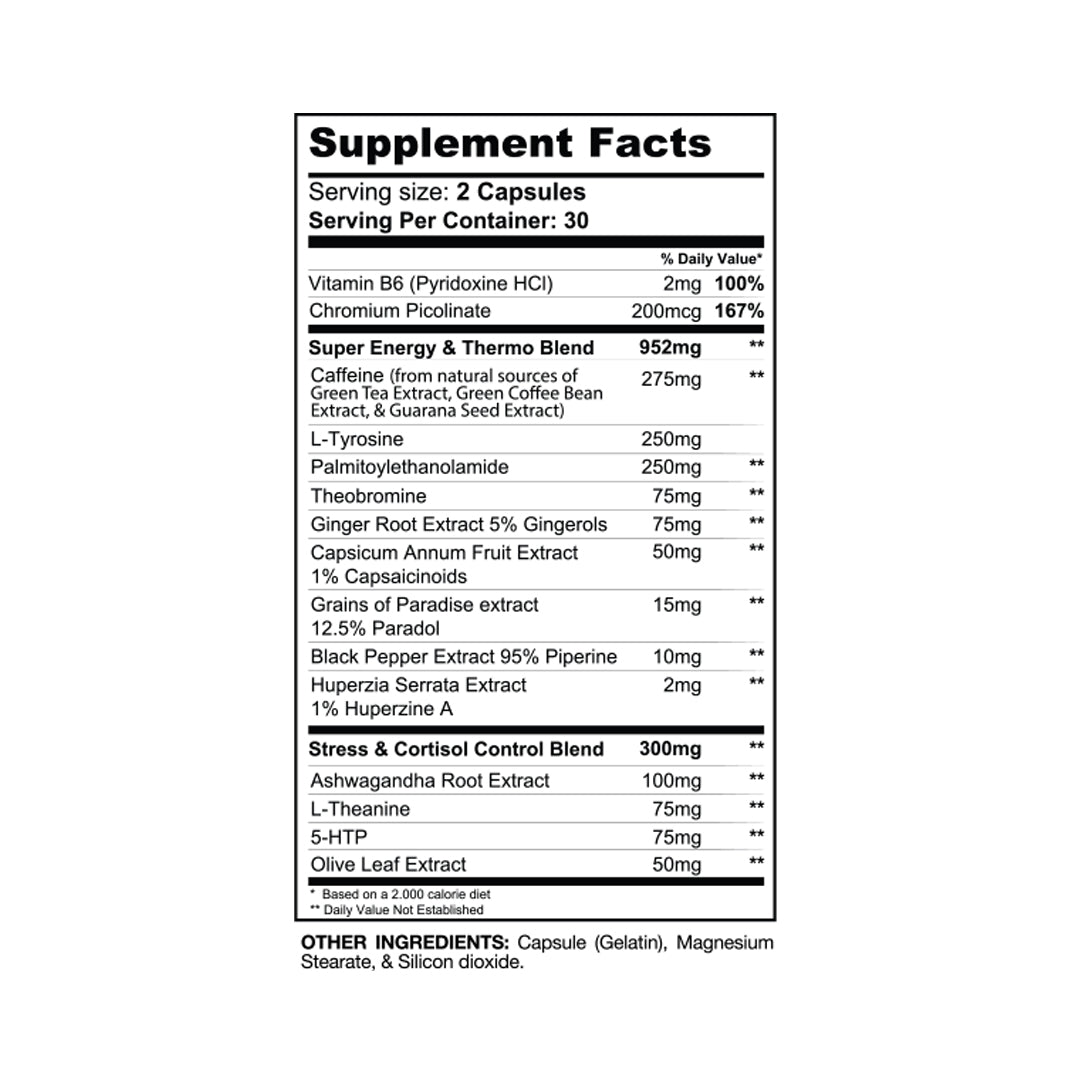
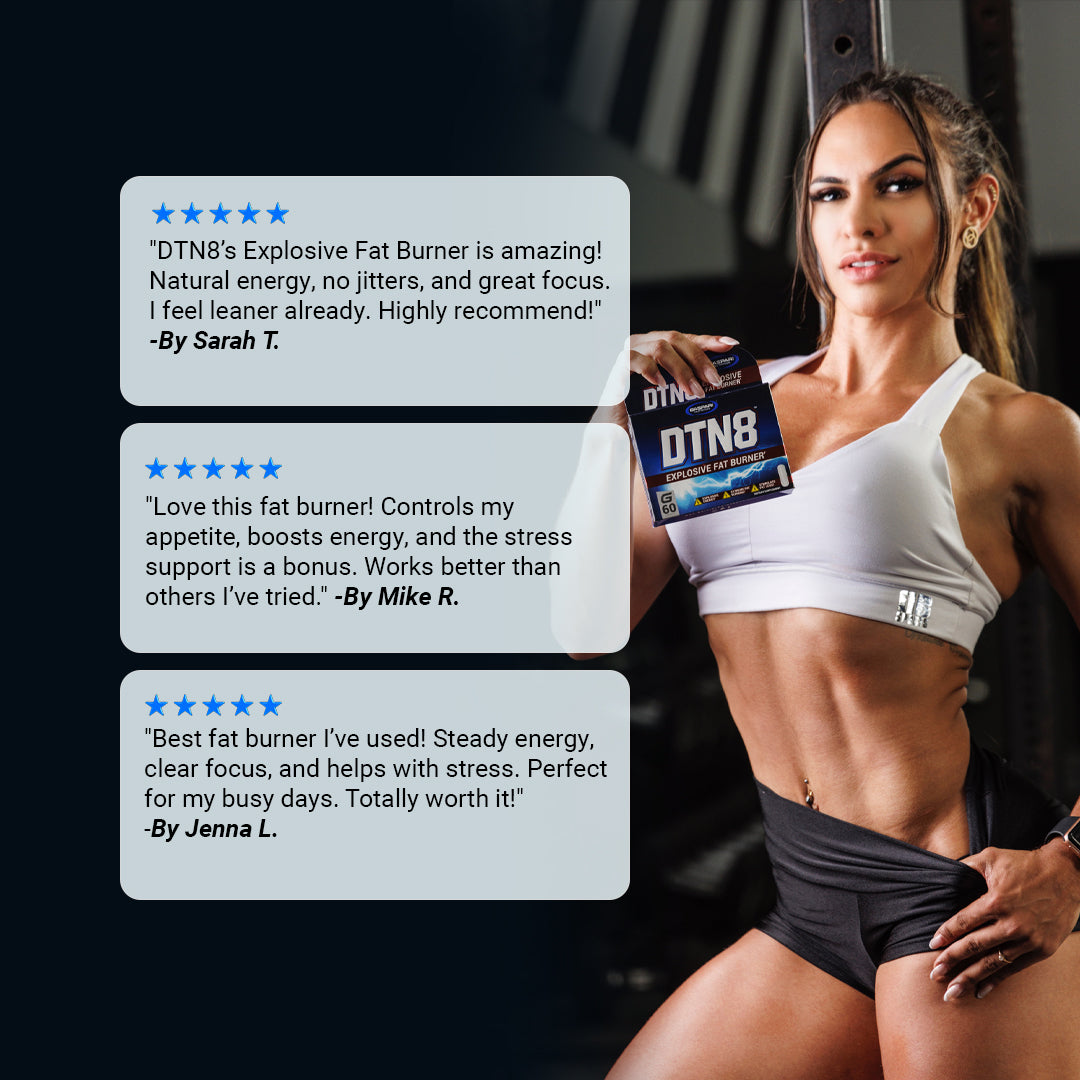


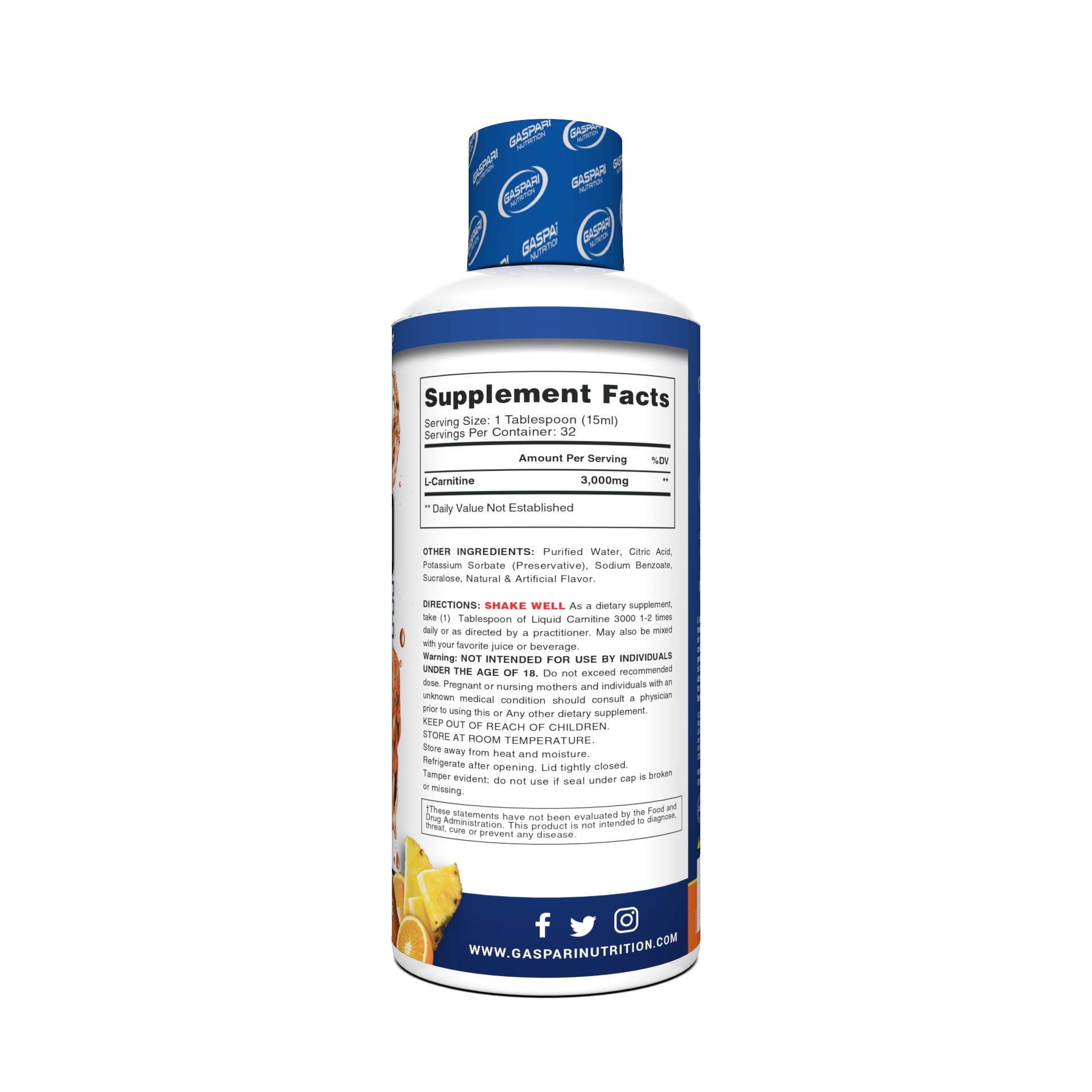

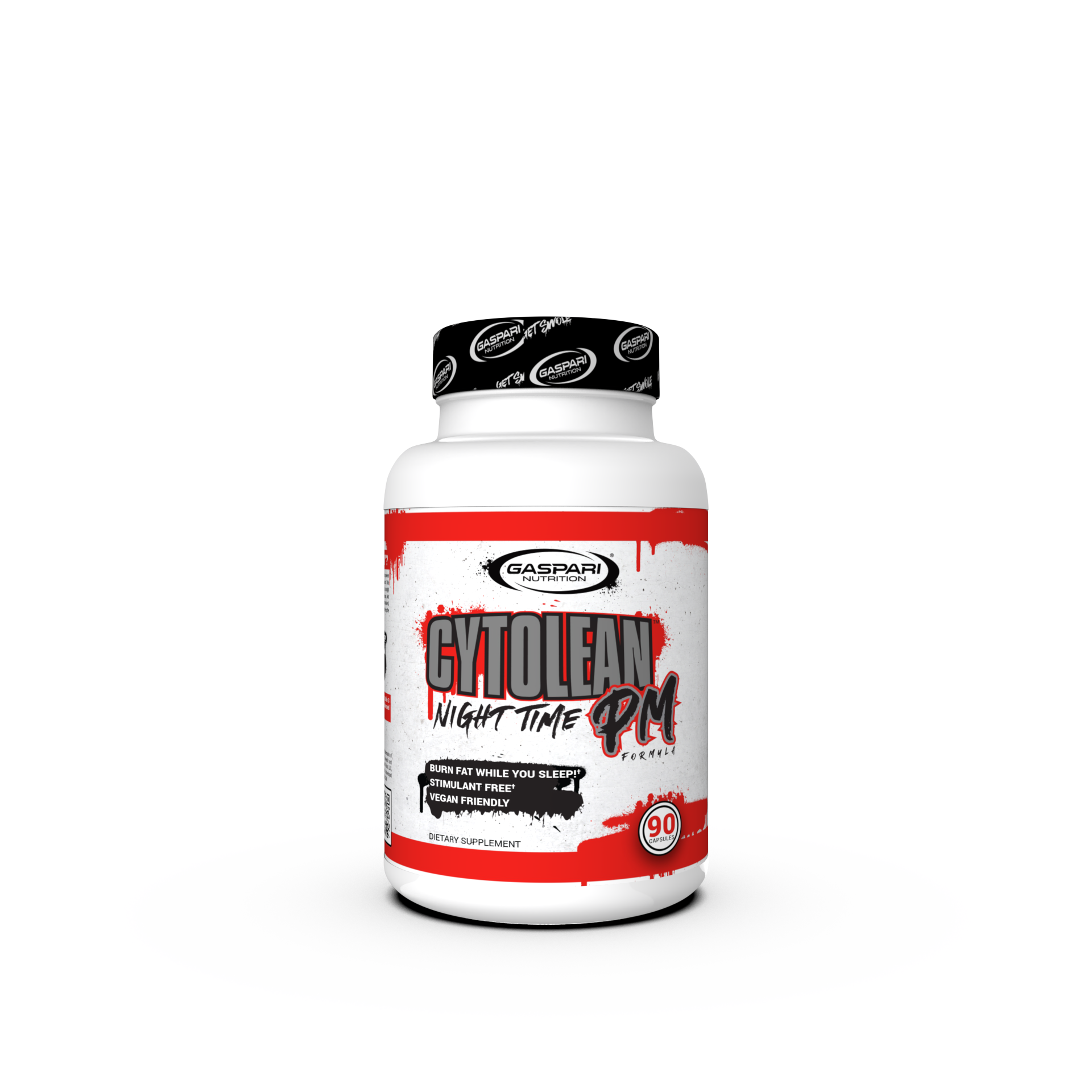
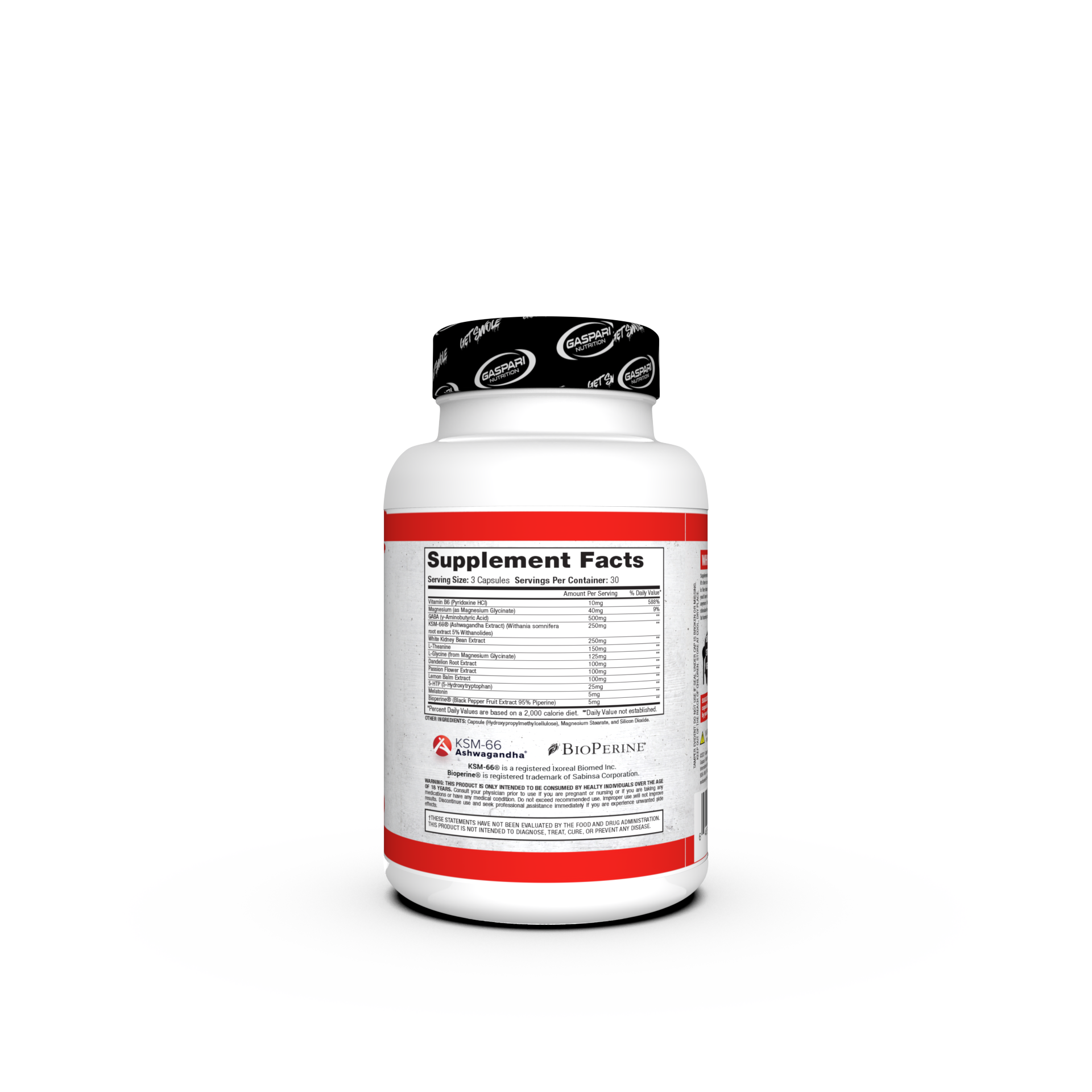
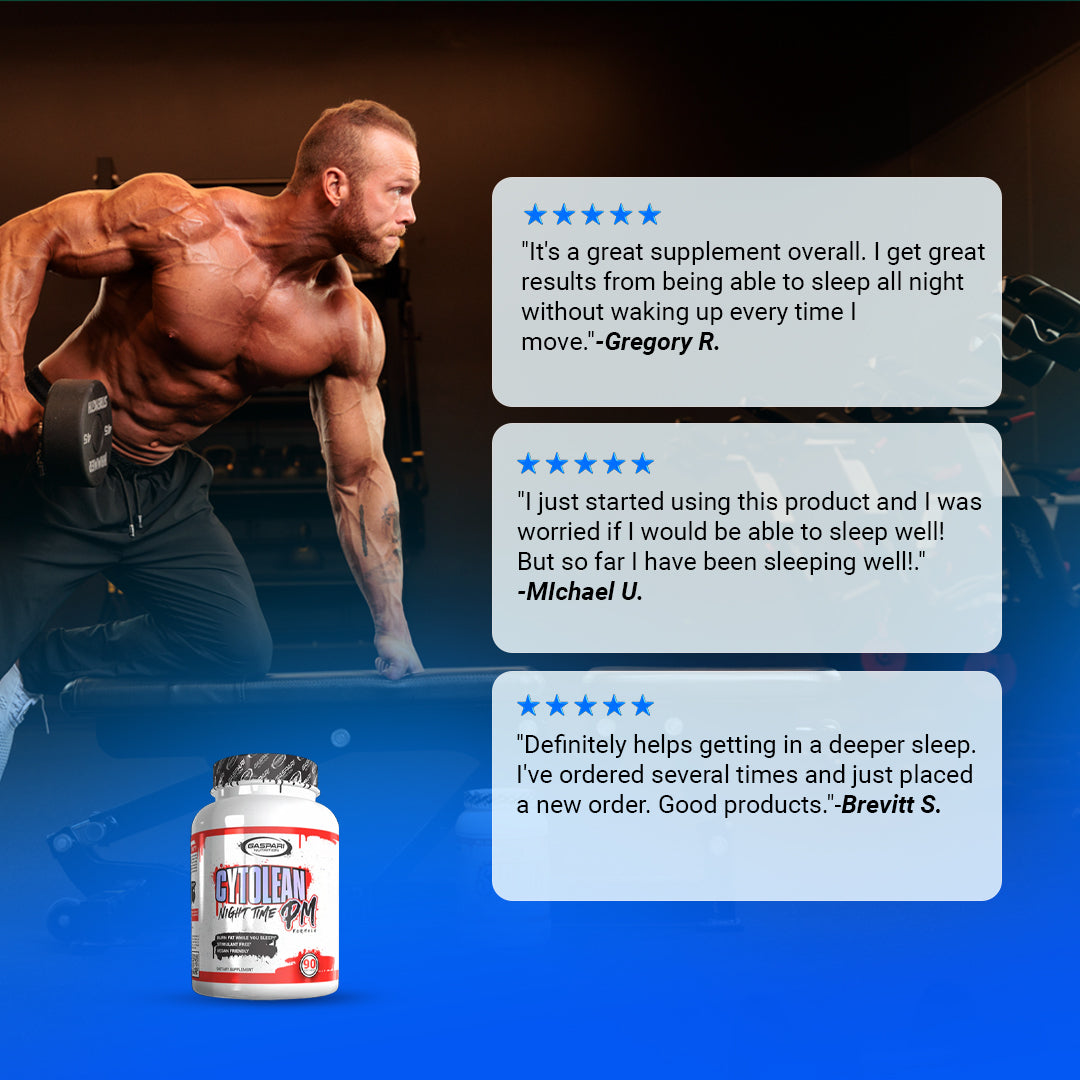

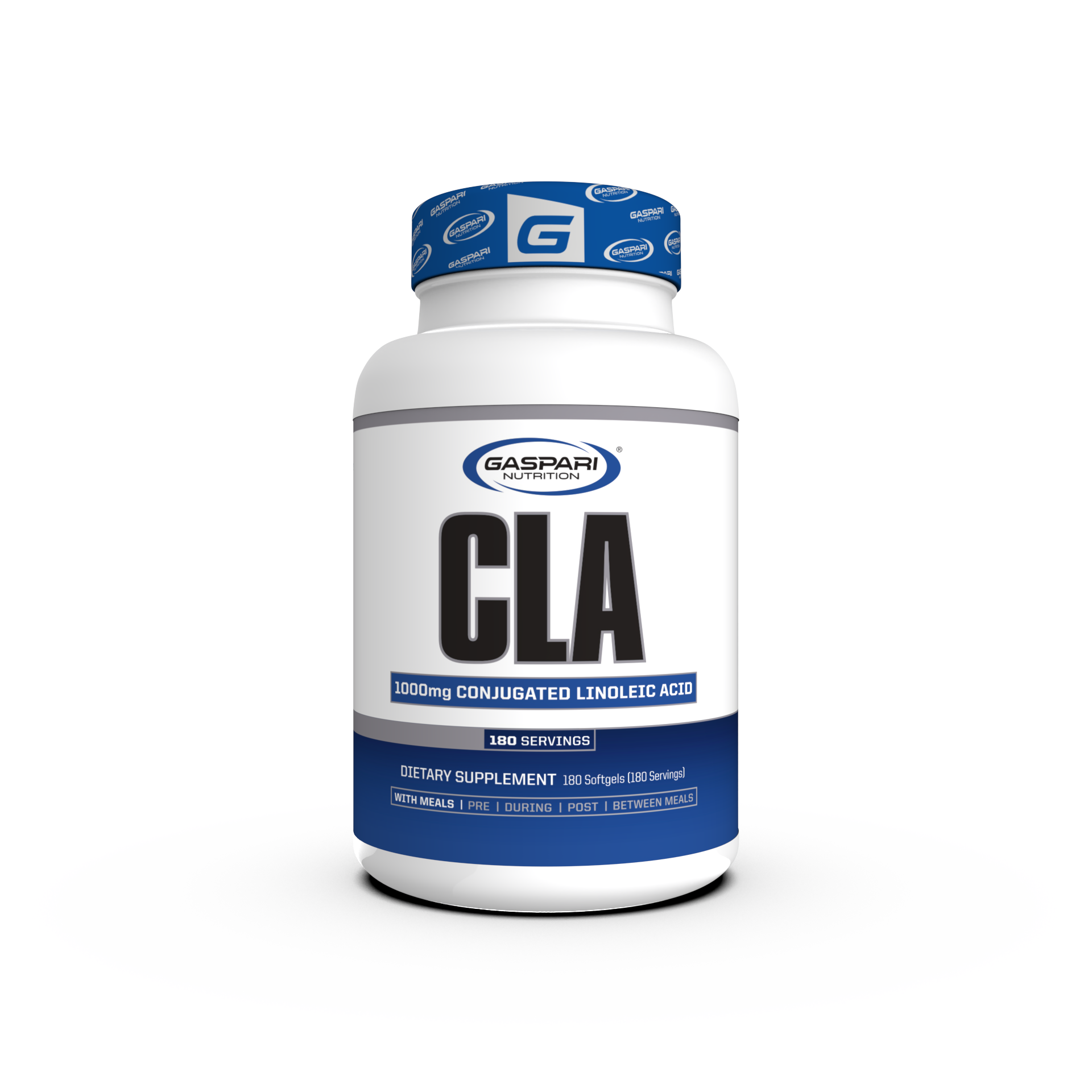
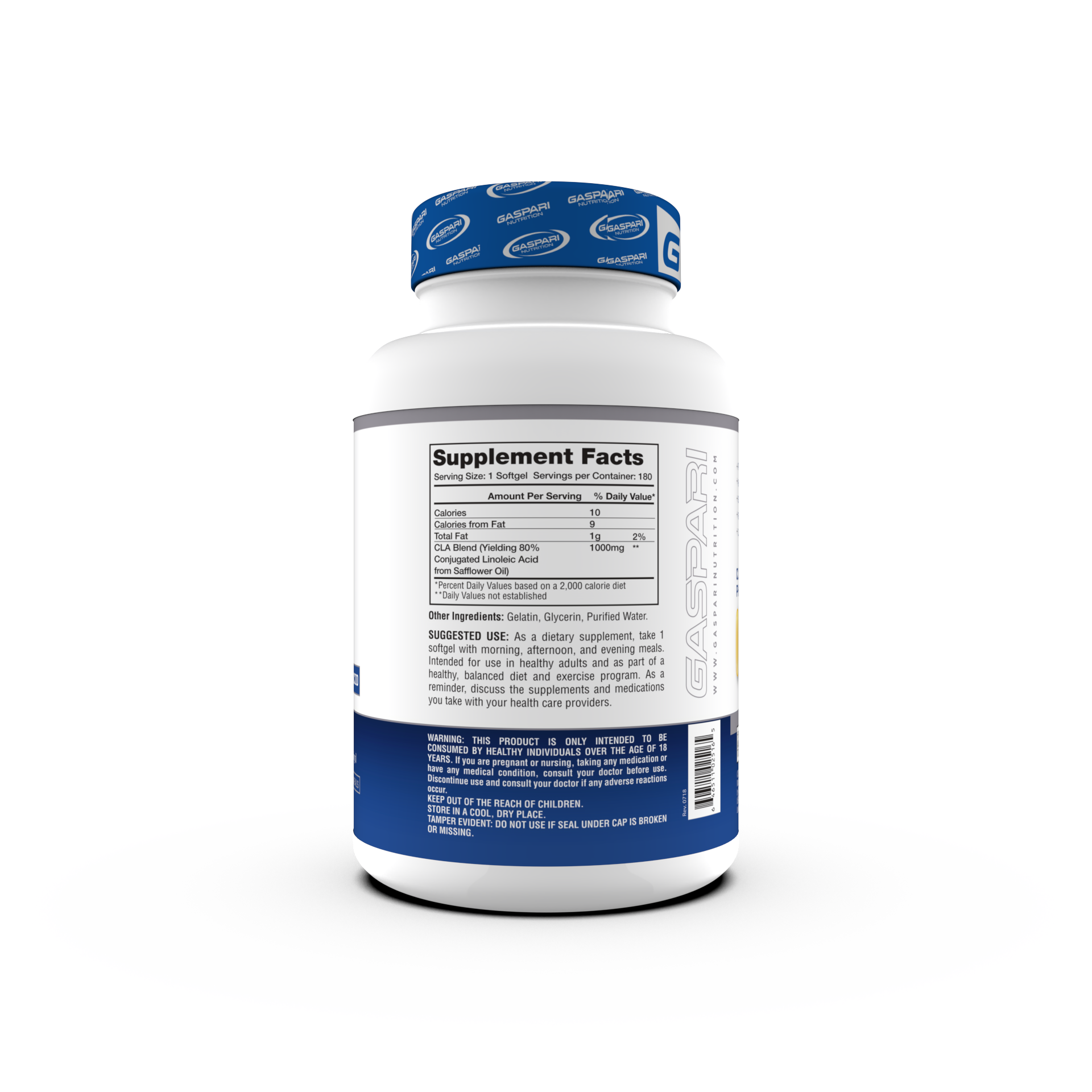
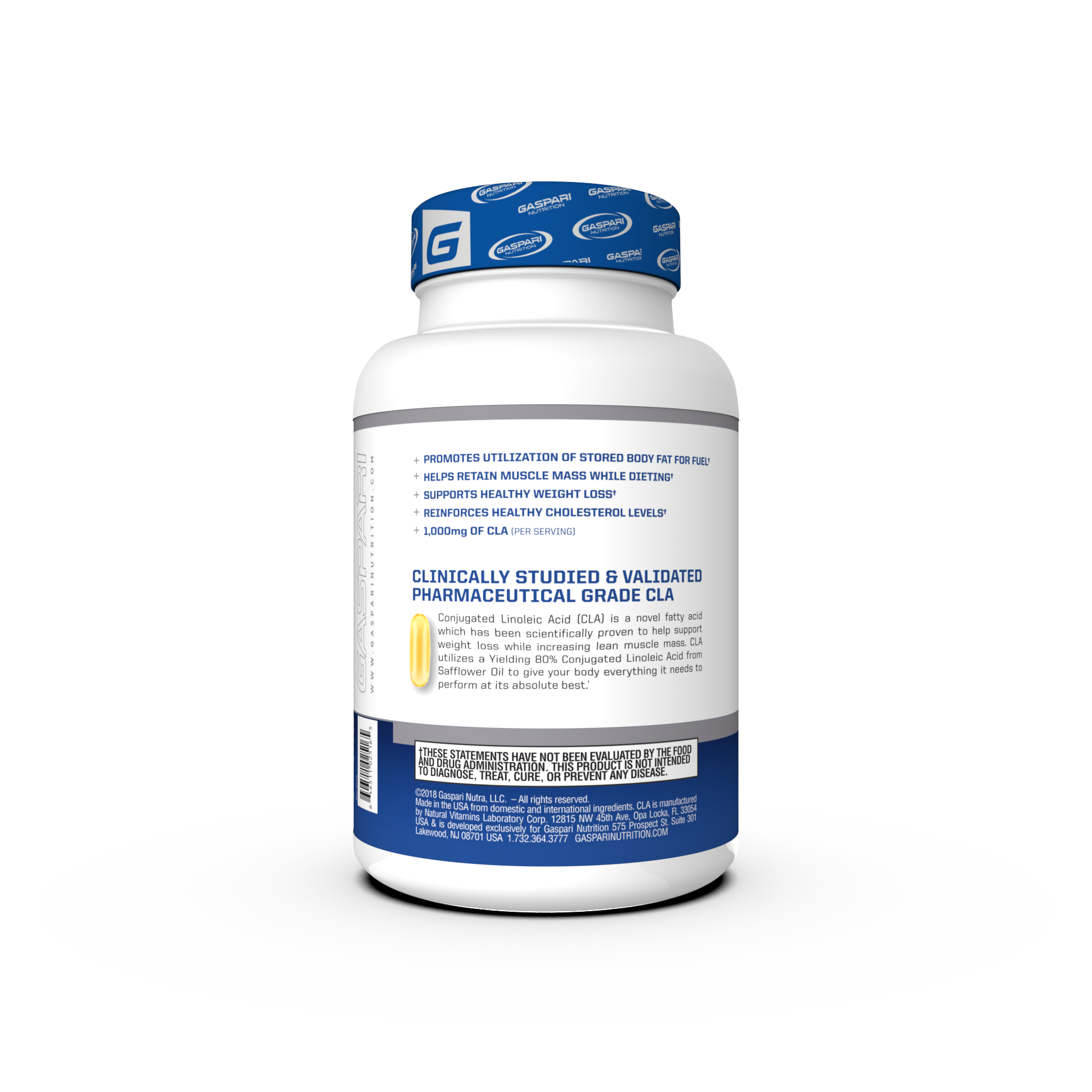

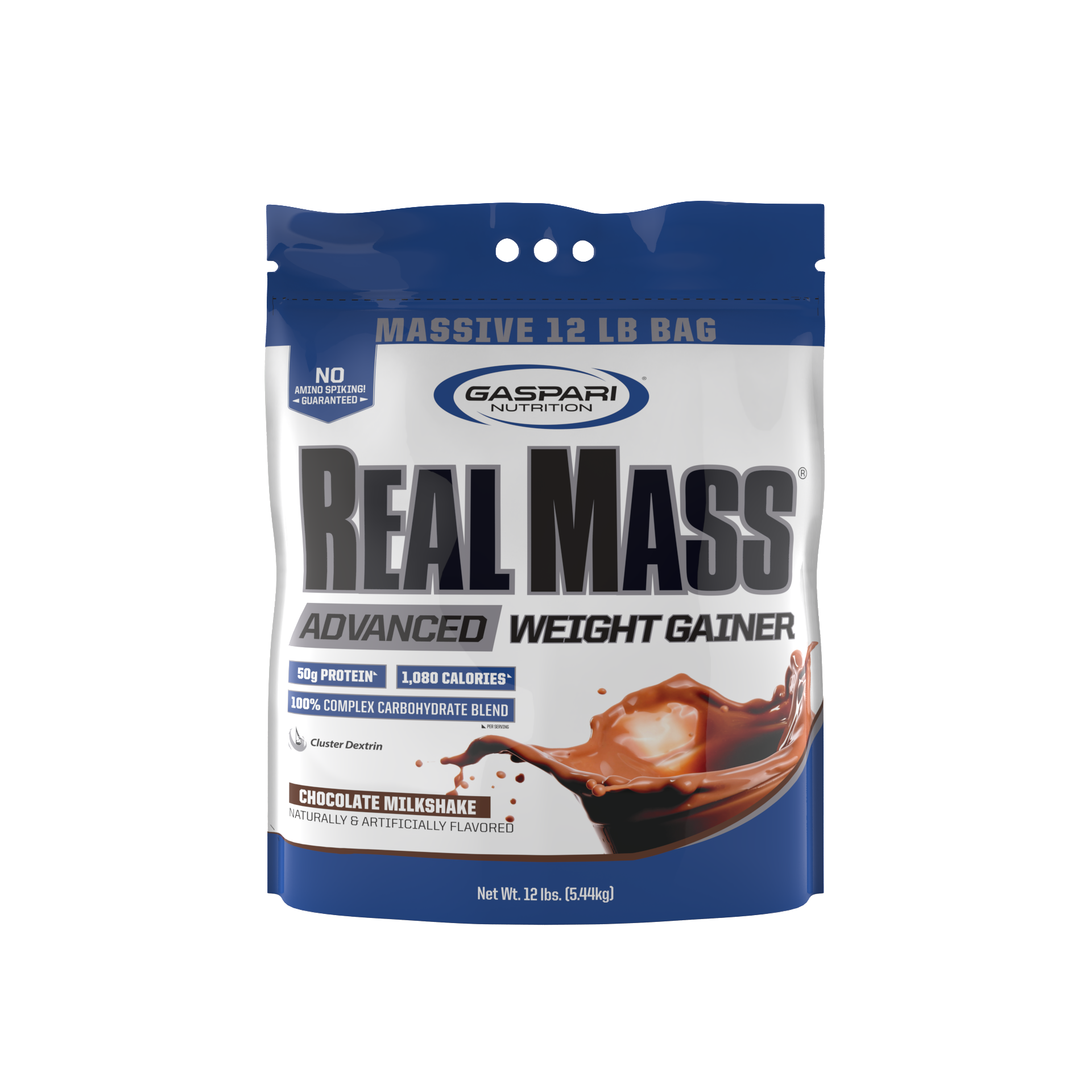
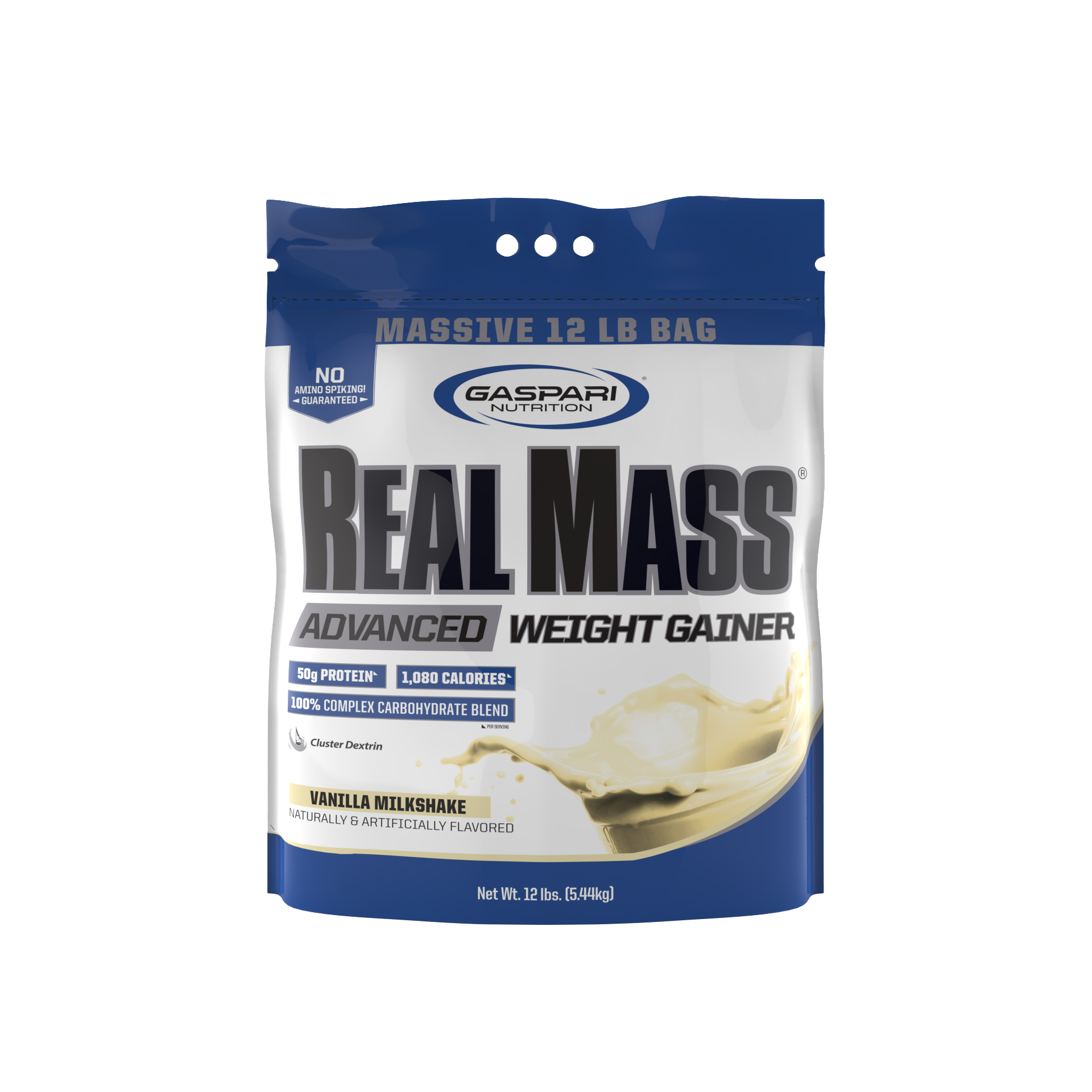


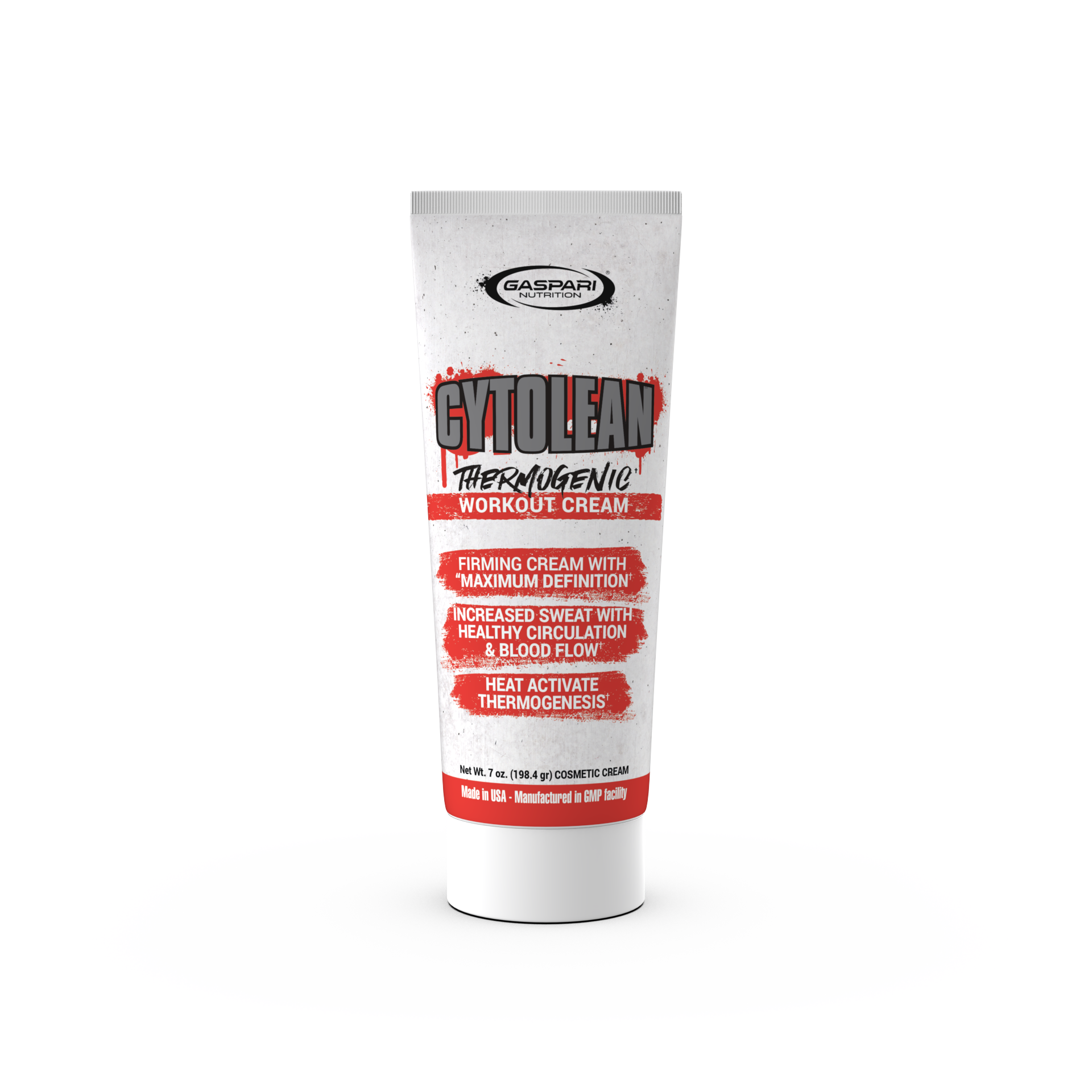
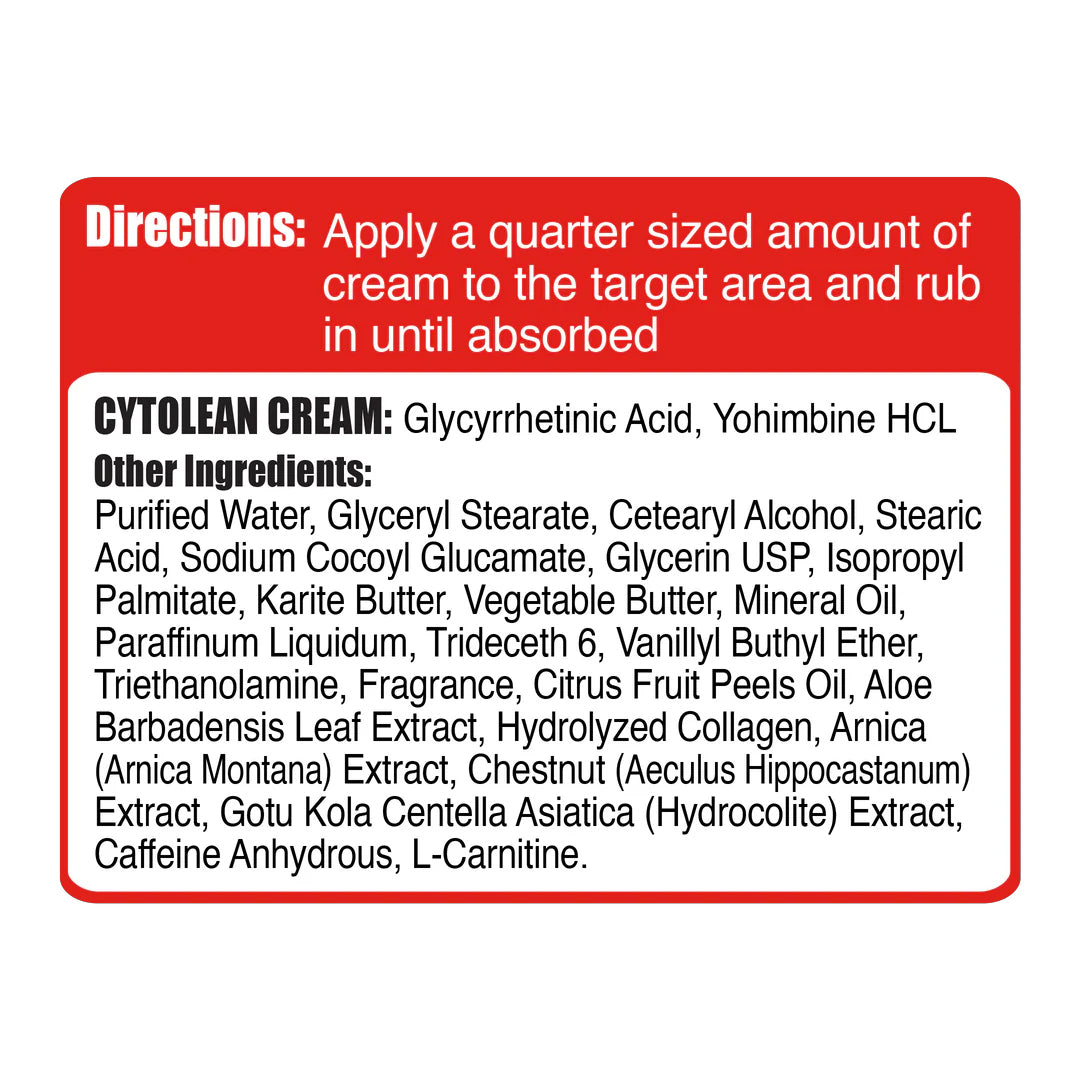



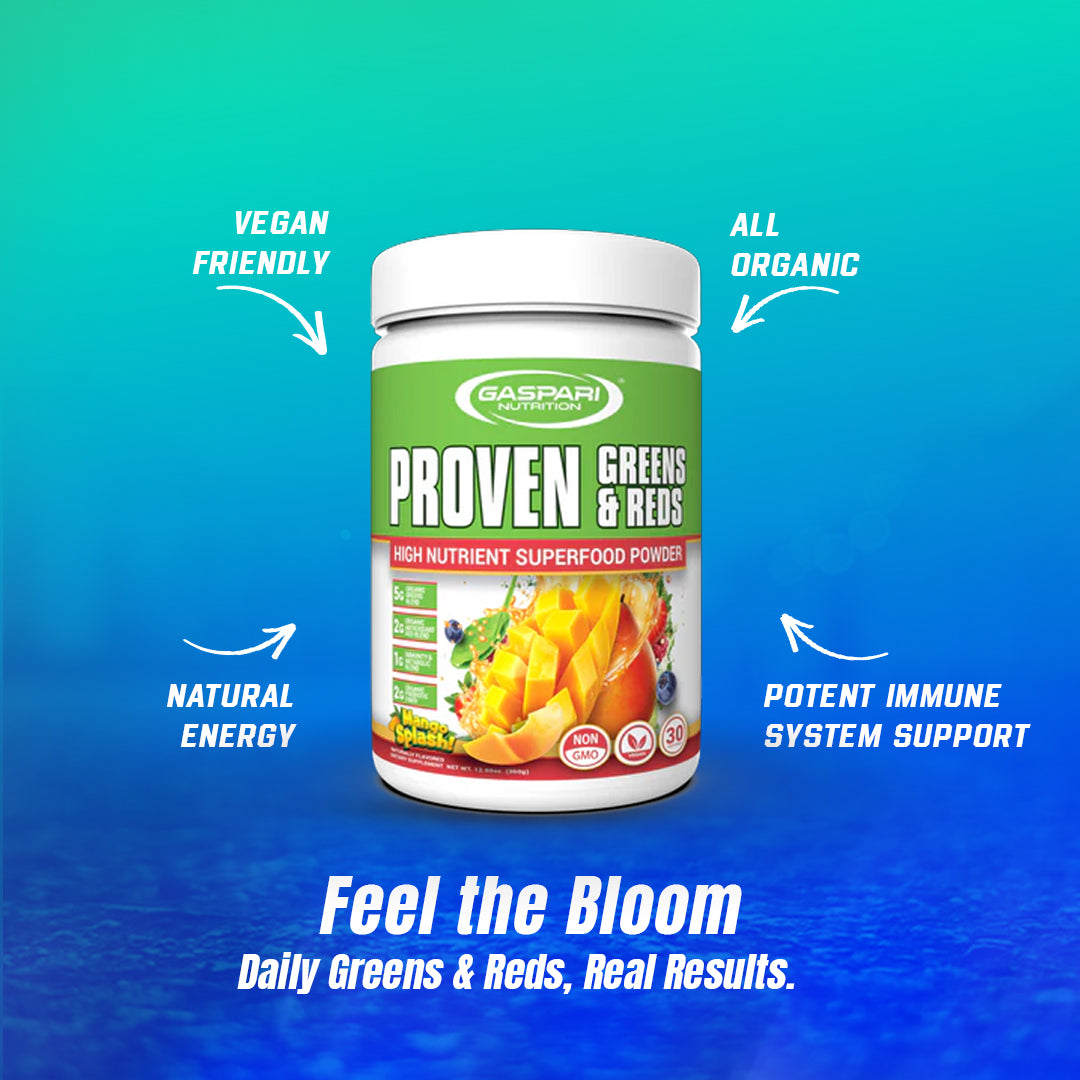
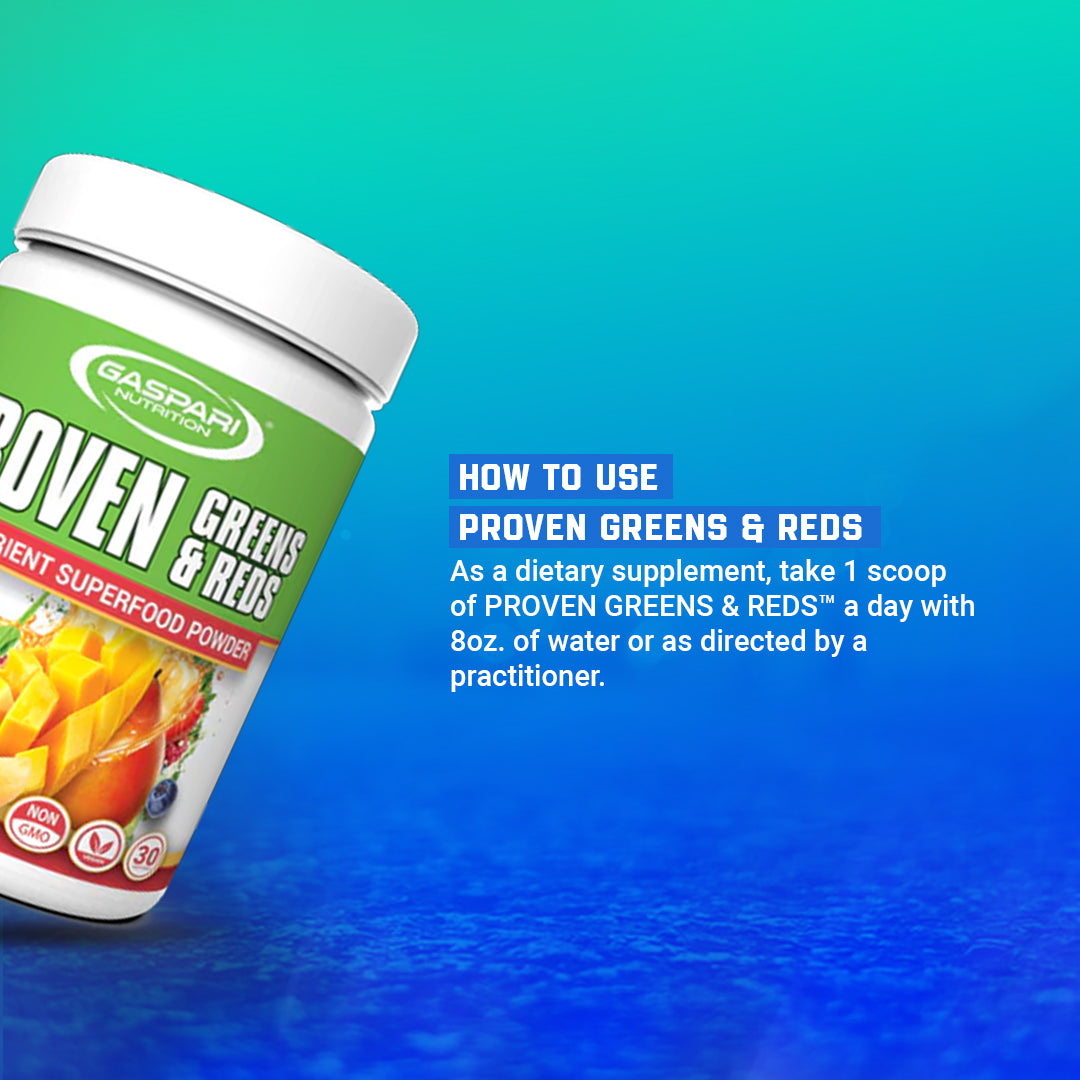
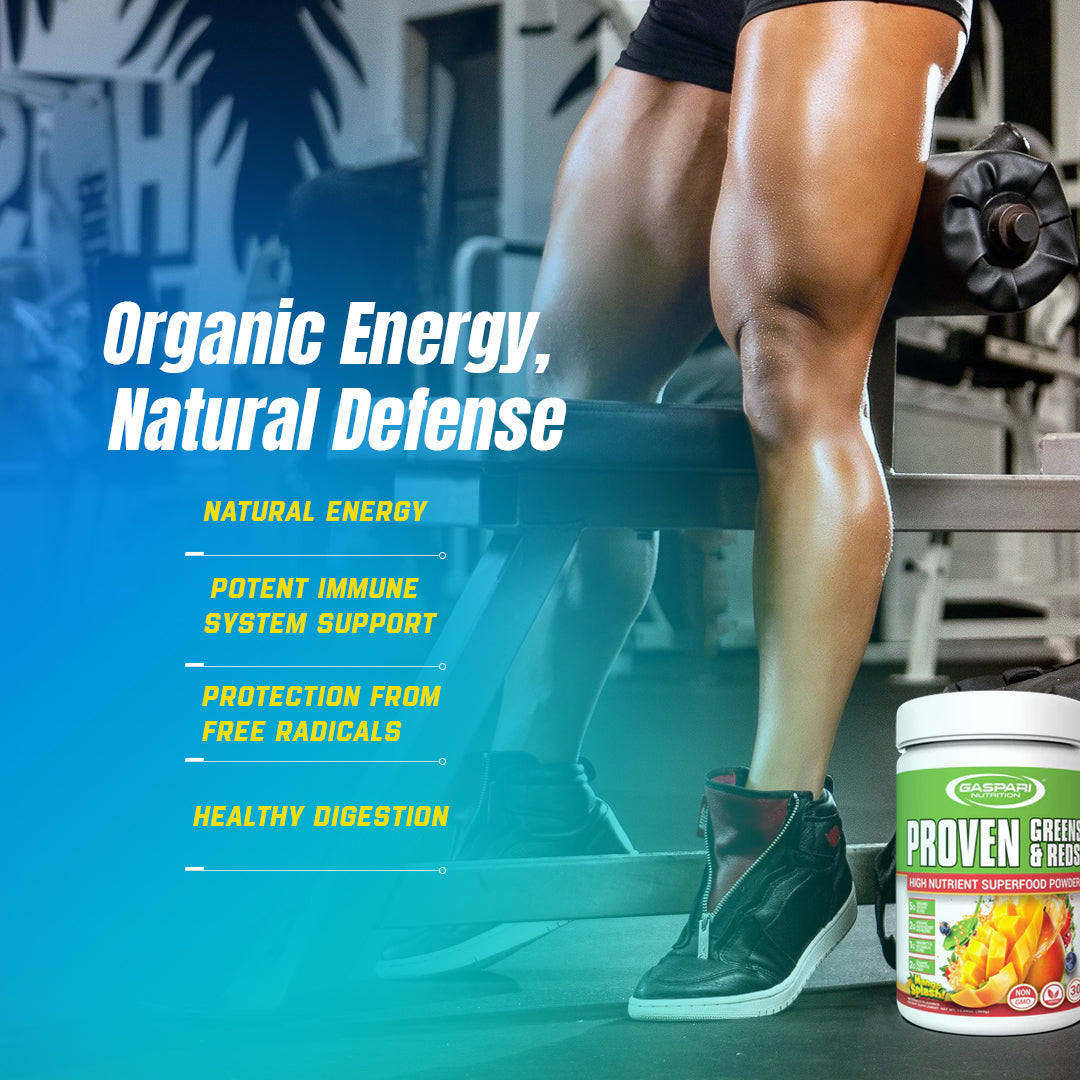
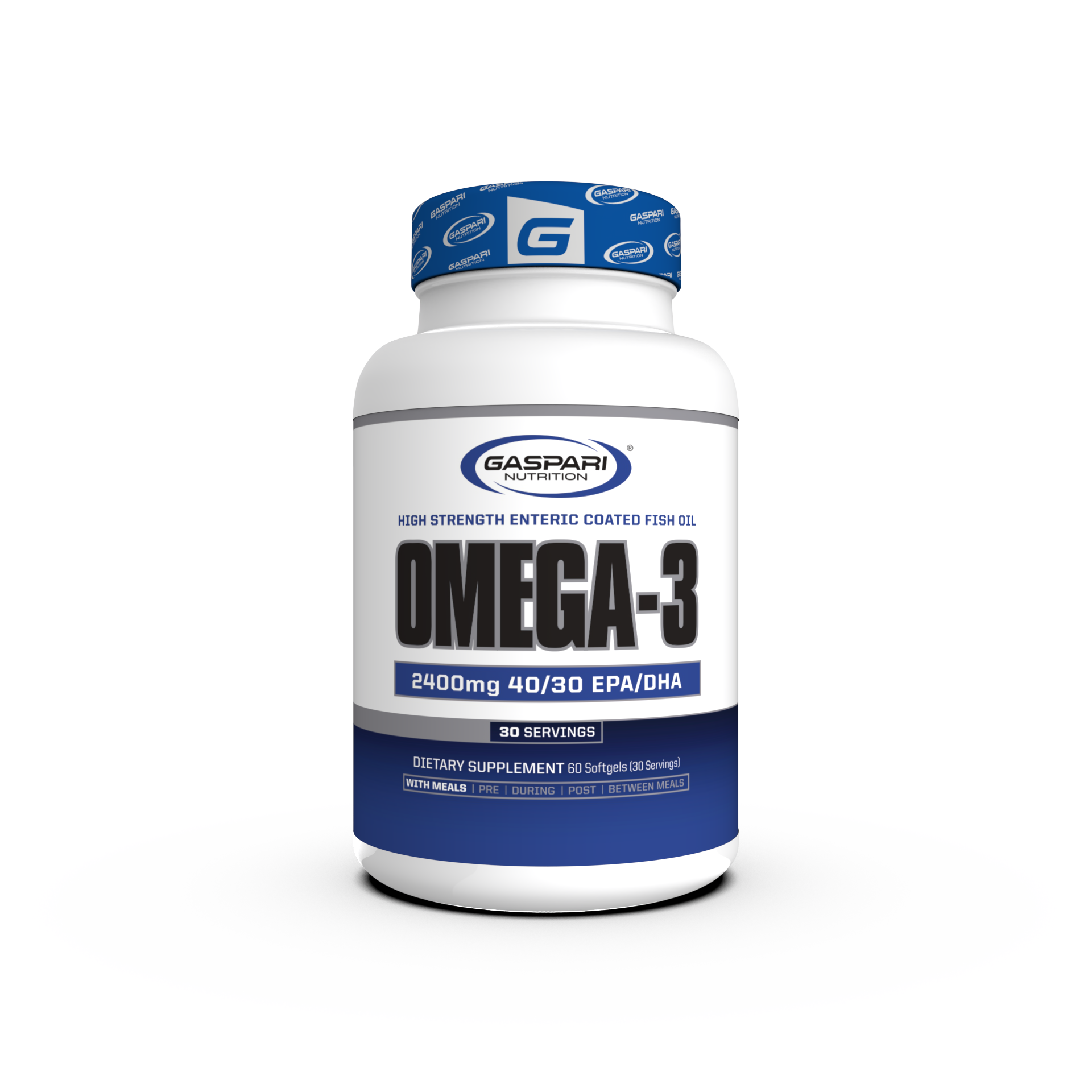
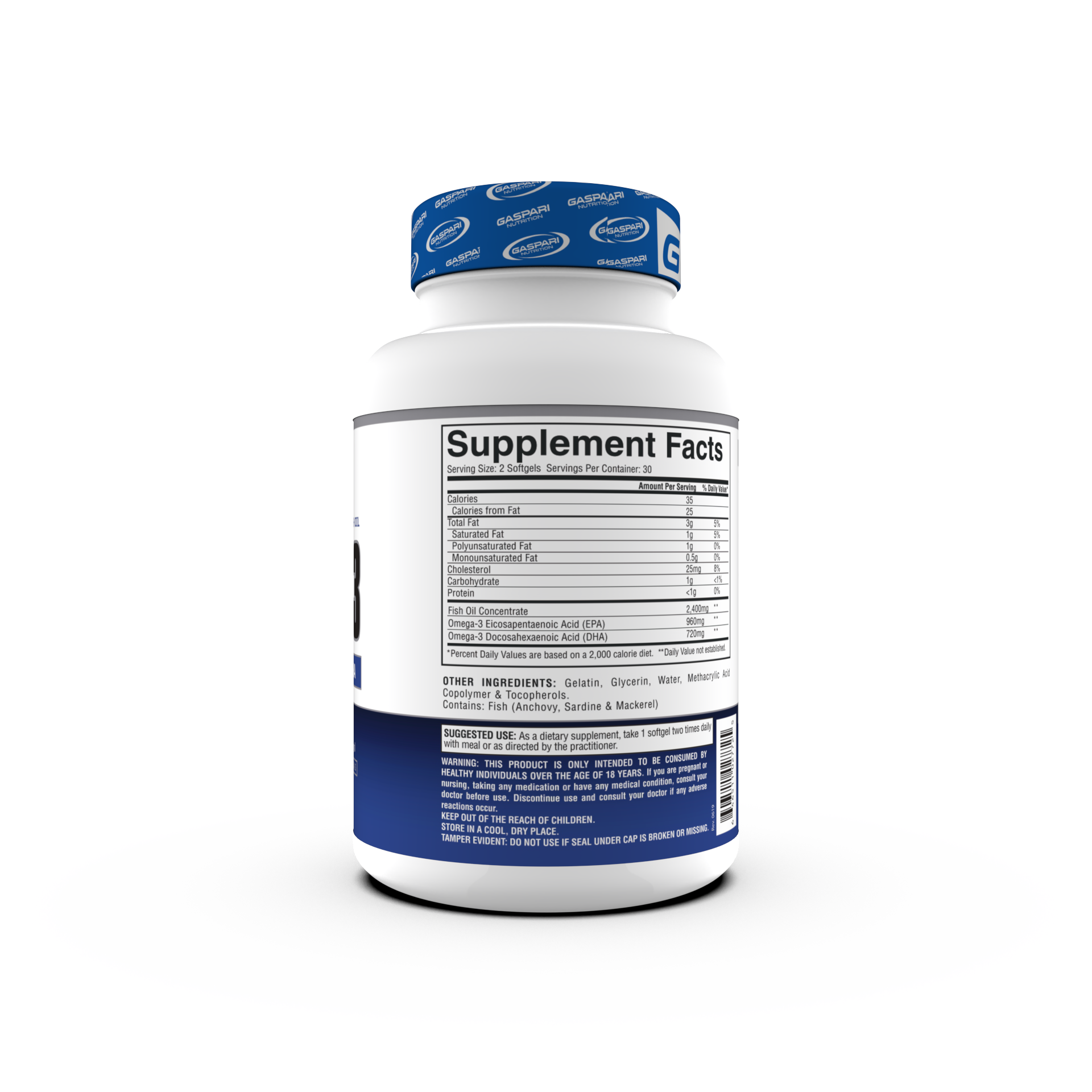
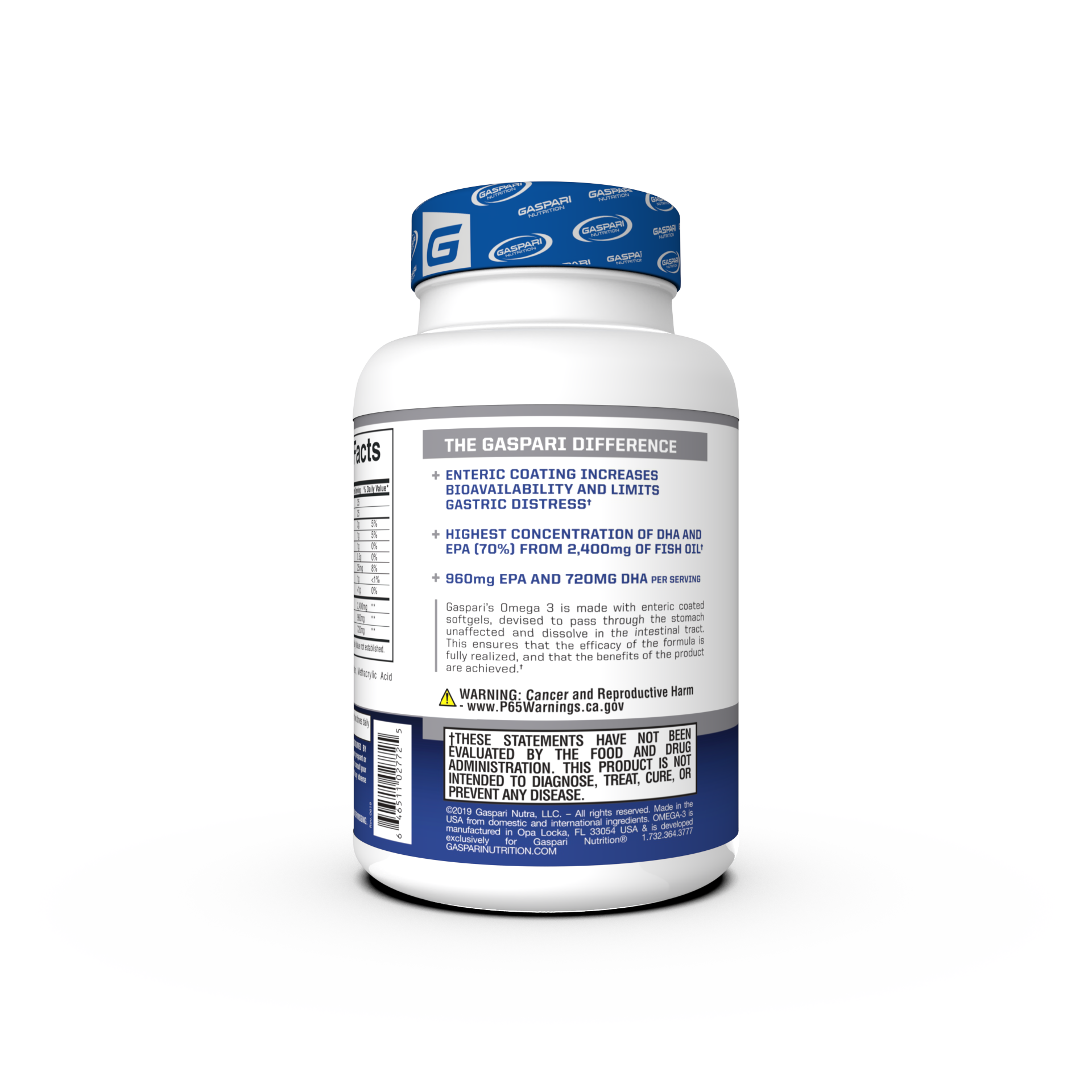
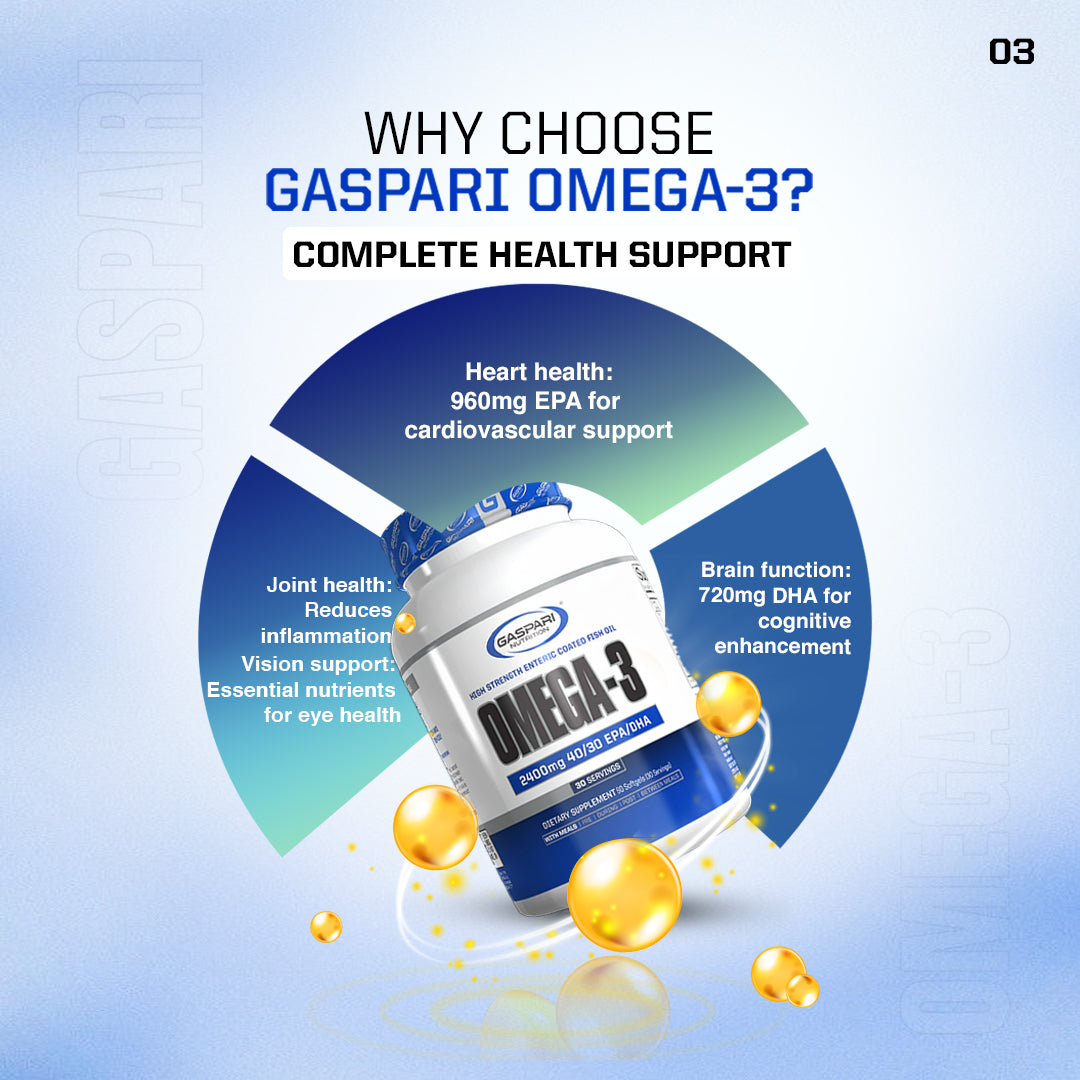
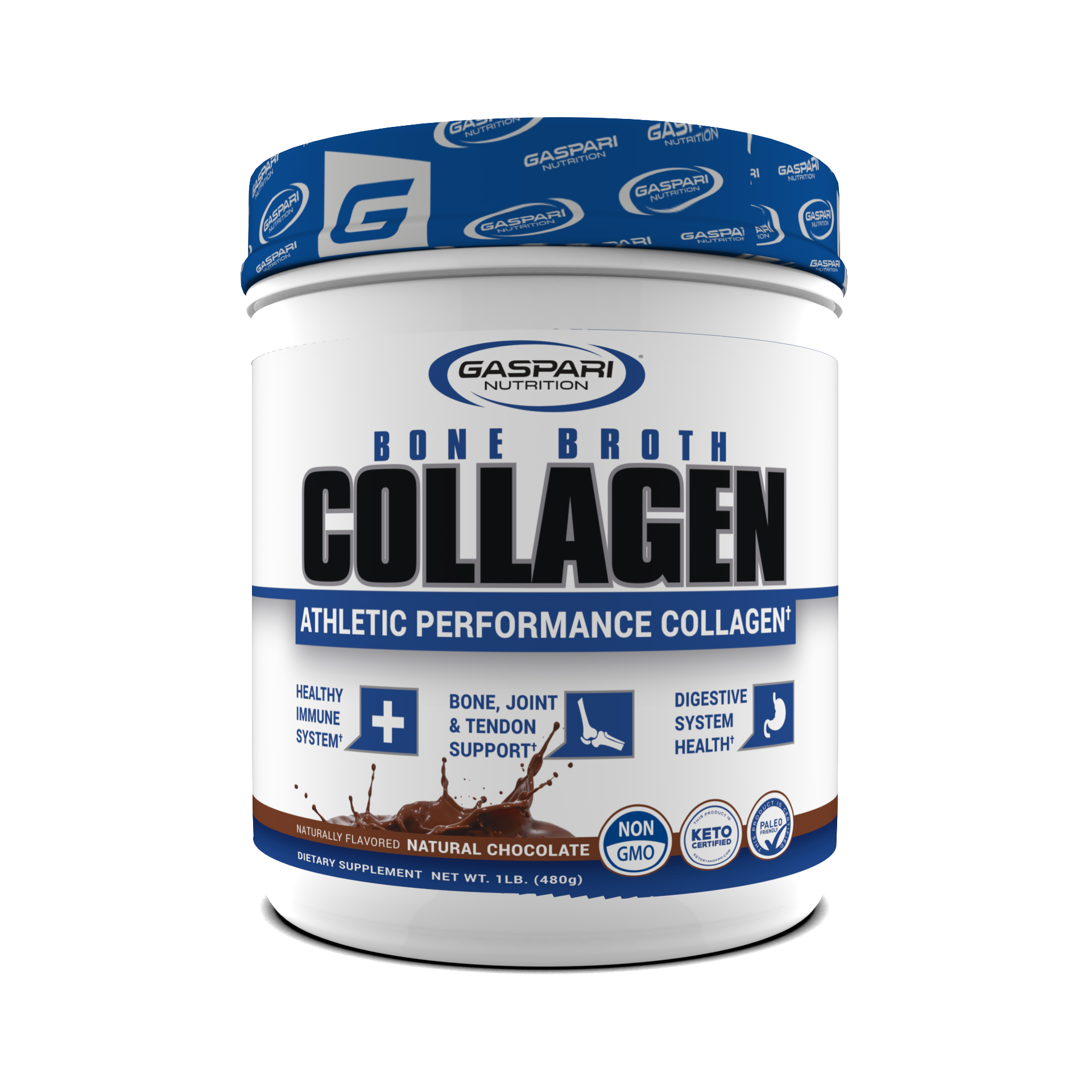
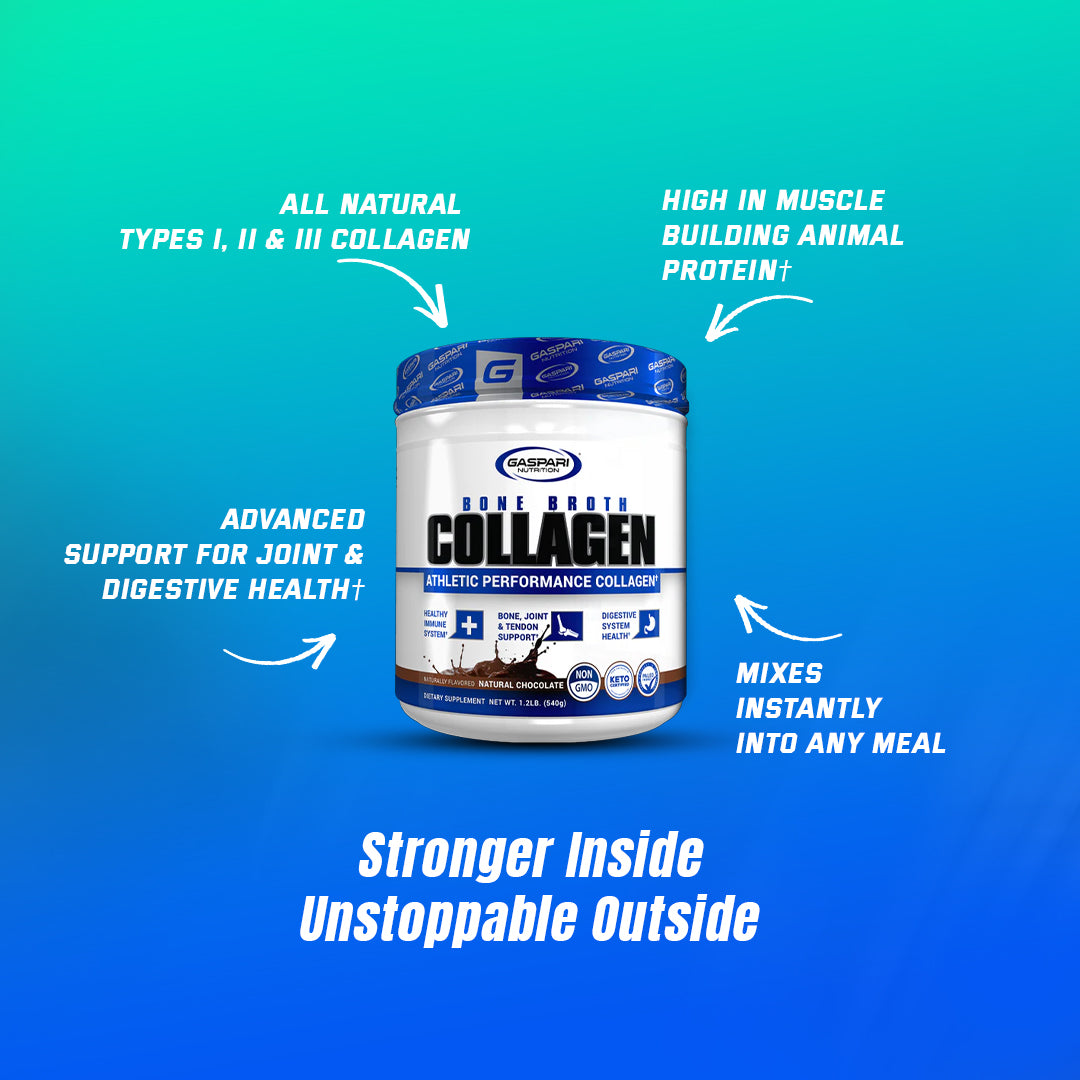


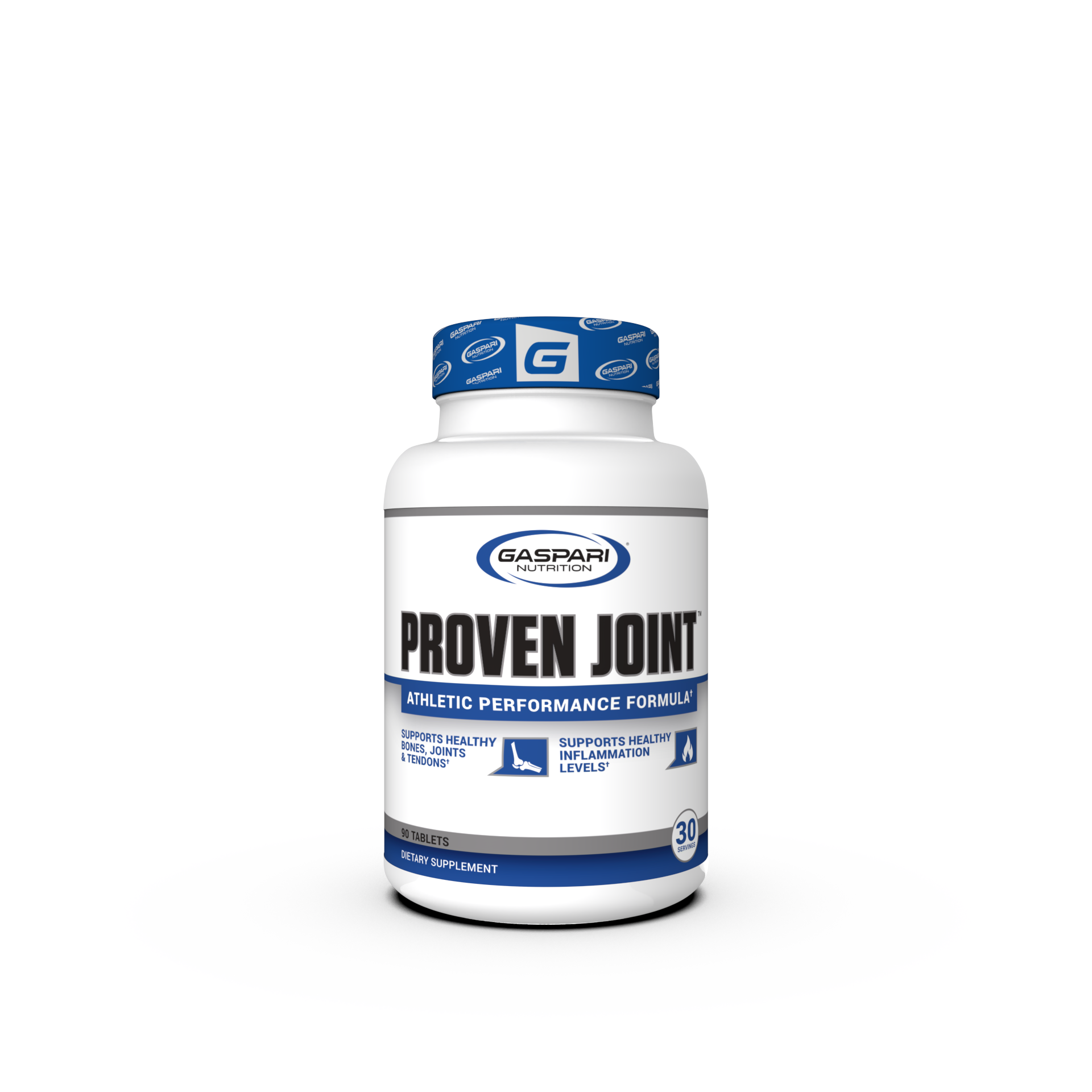
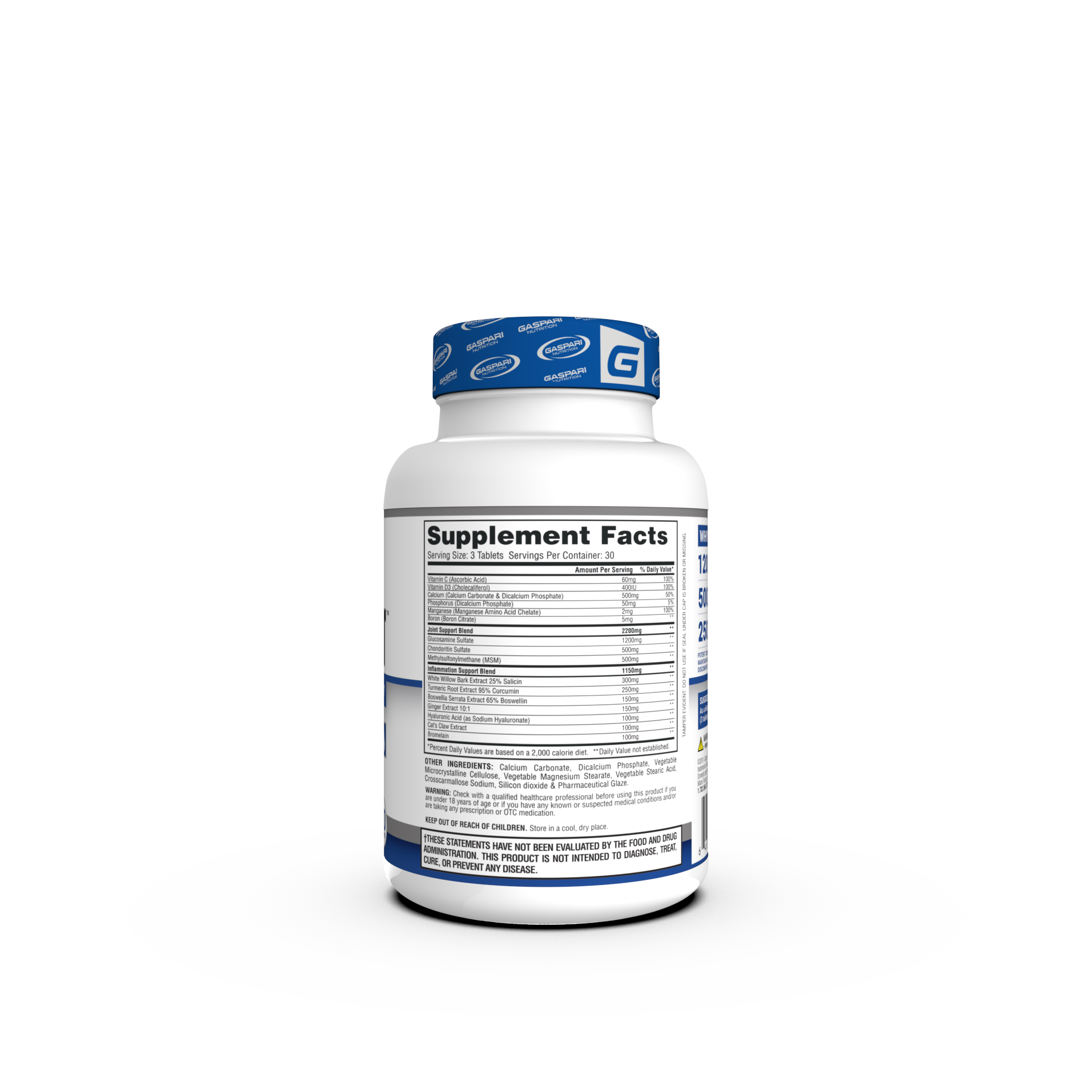
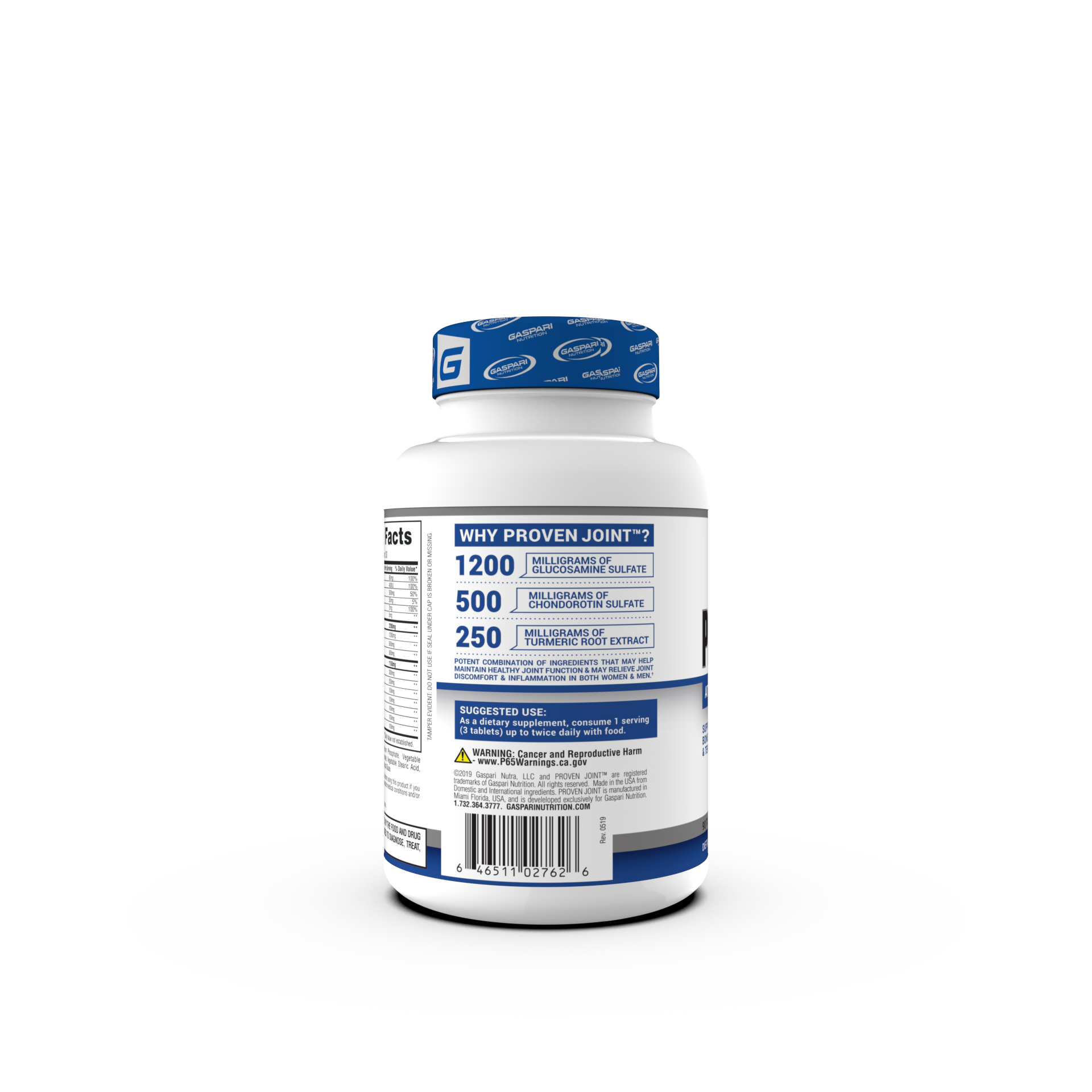

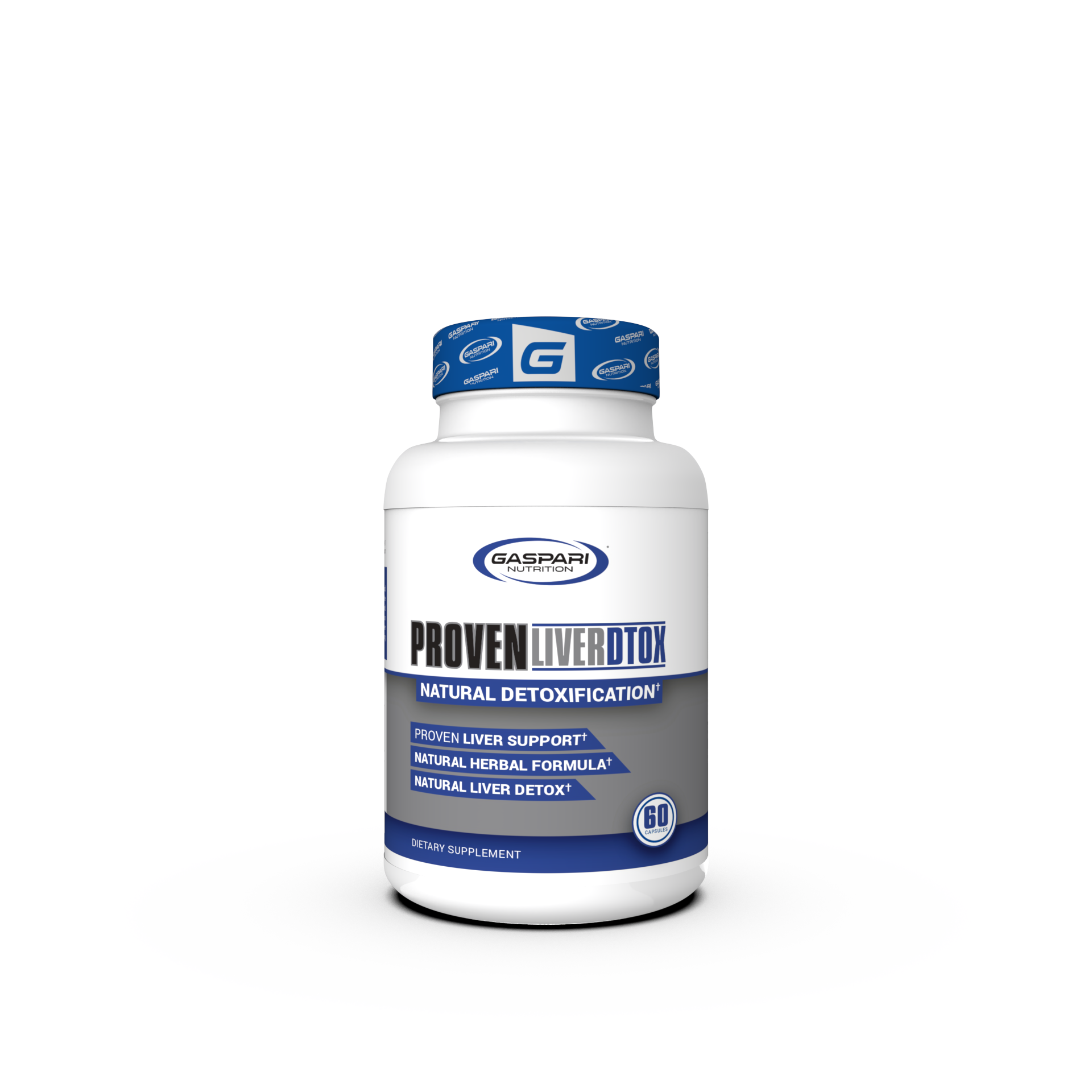
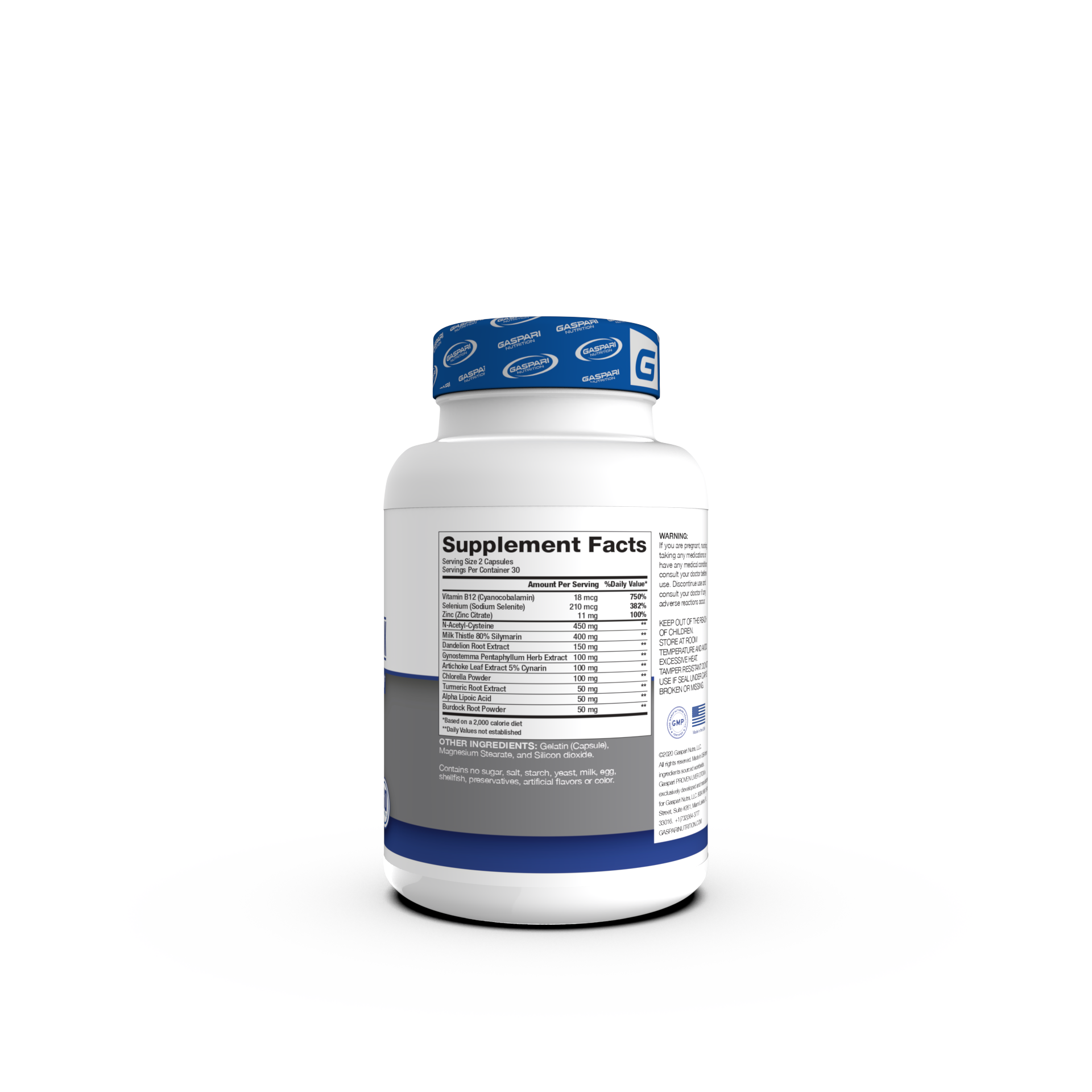
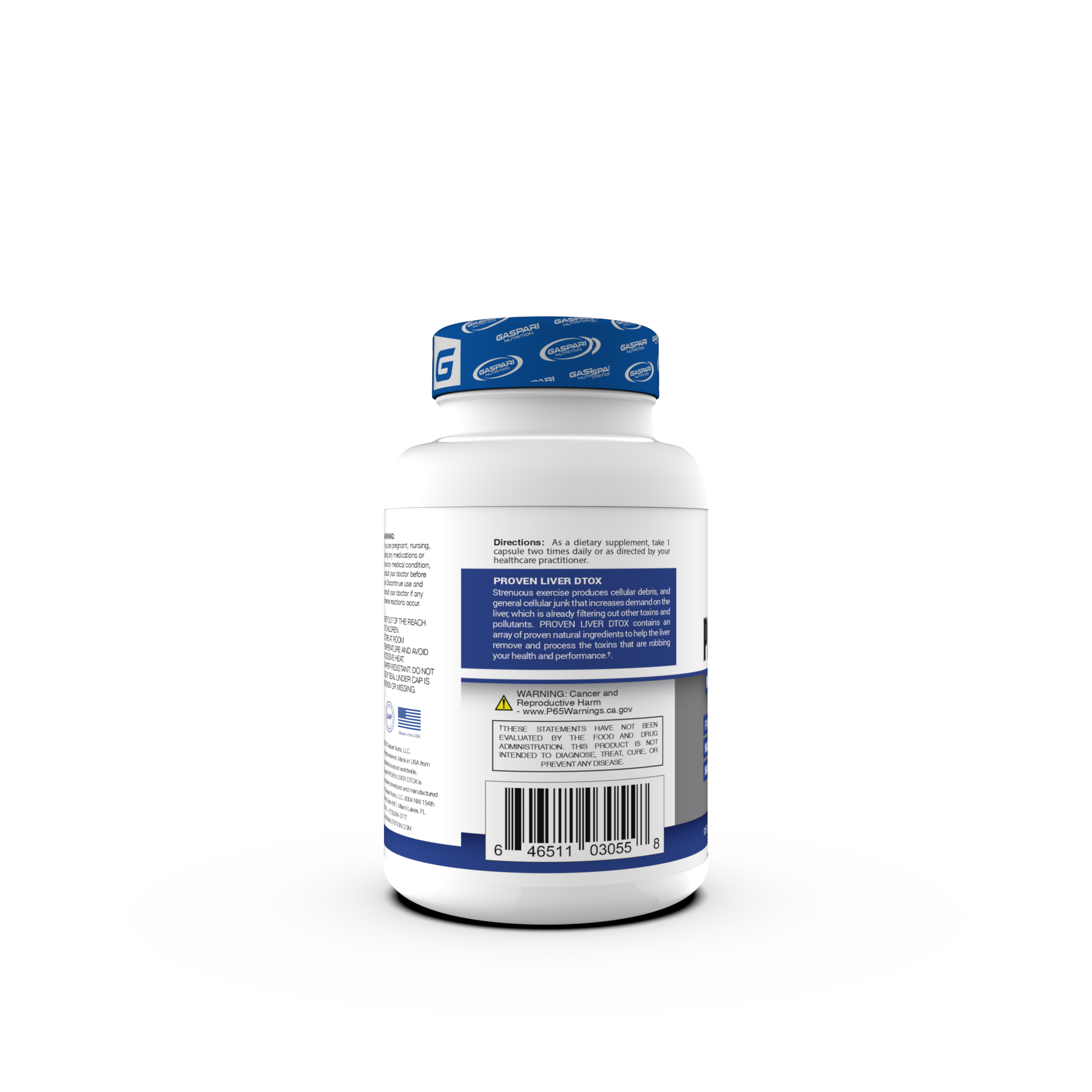

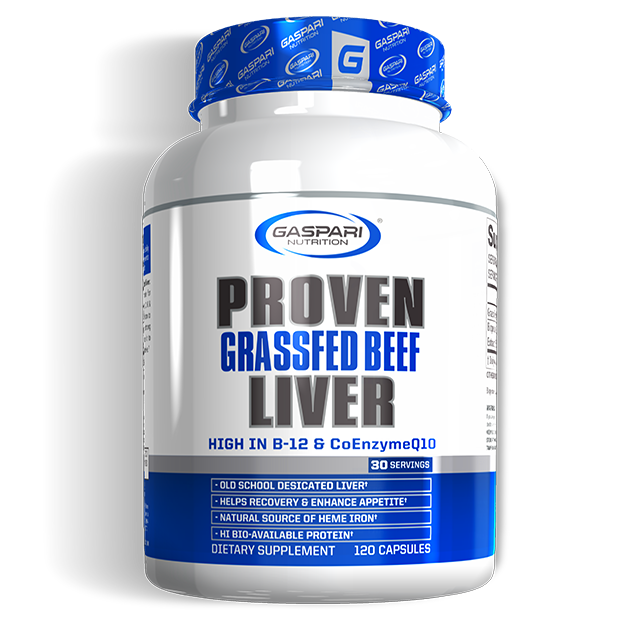

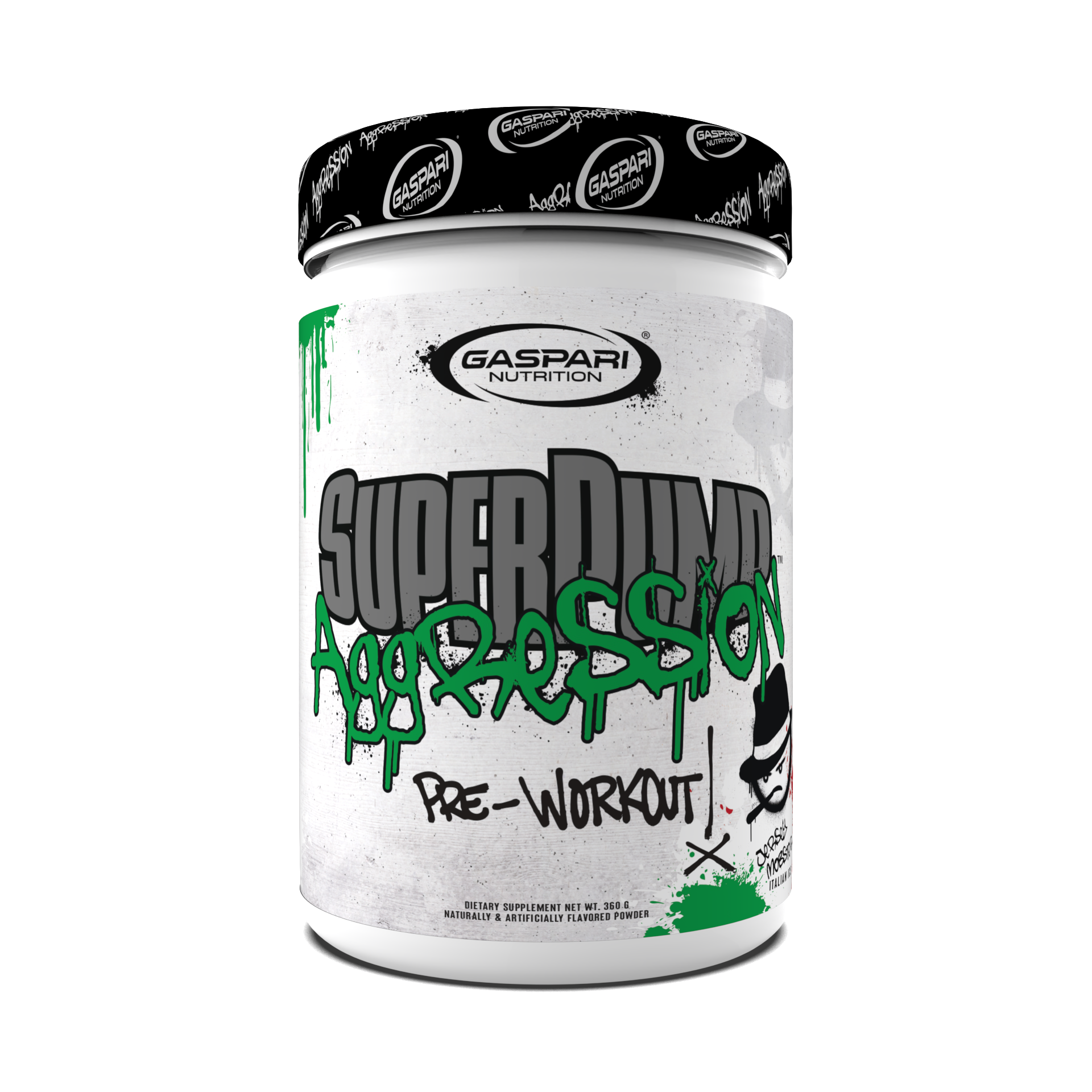



Share:
Can Hypothyroidism Lead To Weight Gain?
How To Do An Overhead Dumbbell Triceps Extension